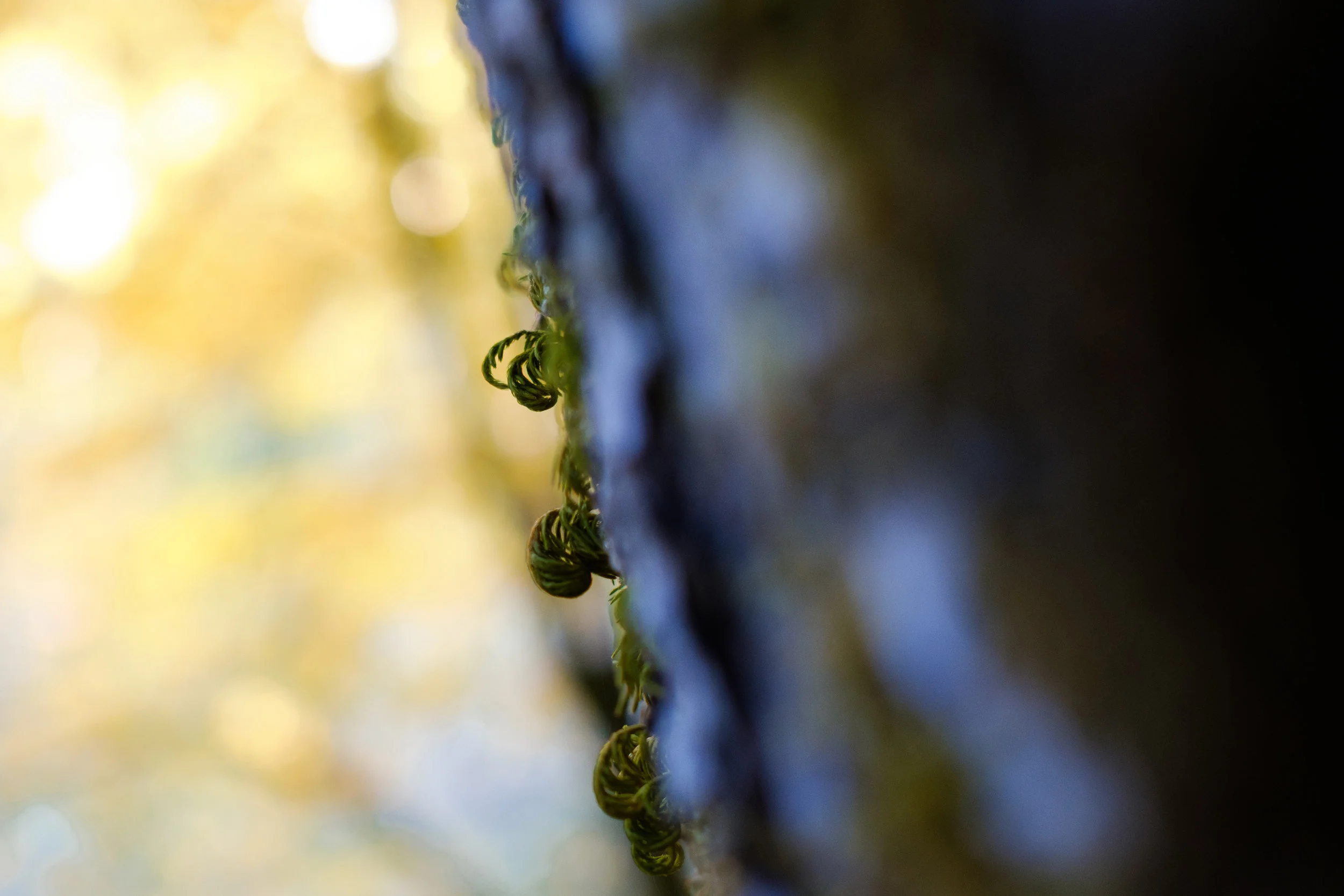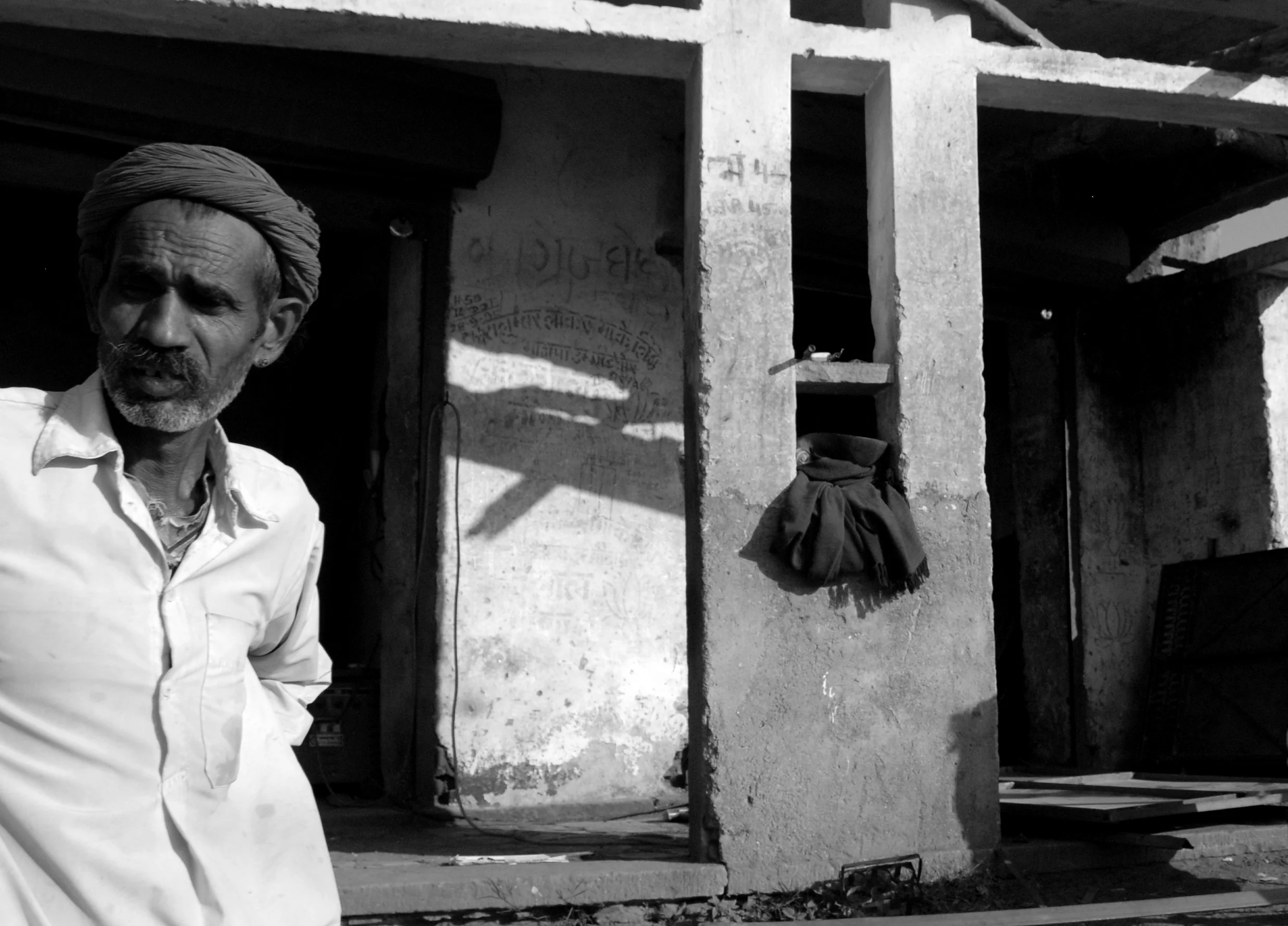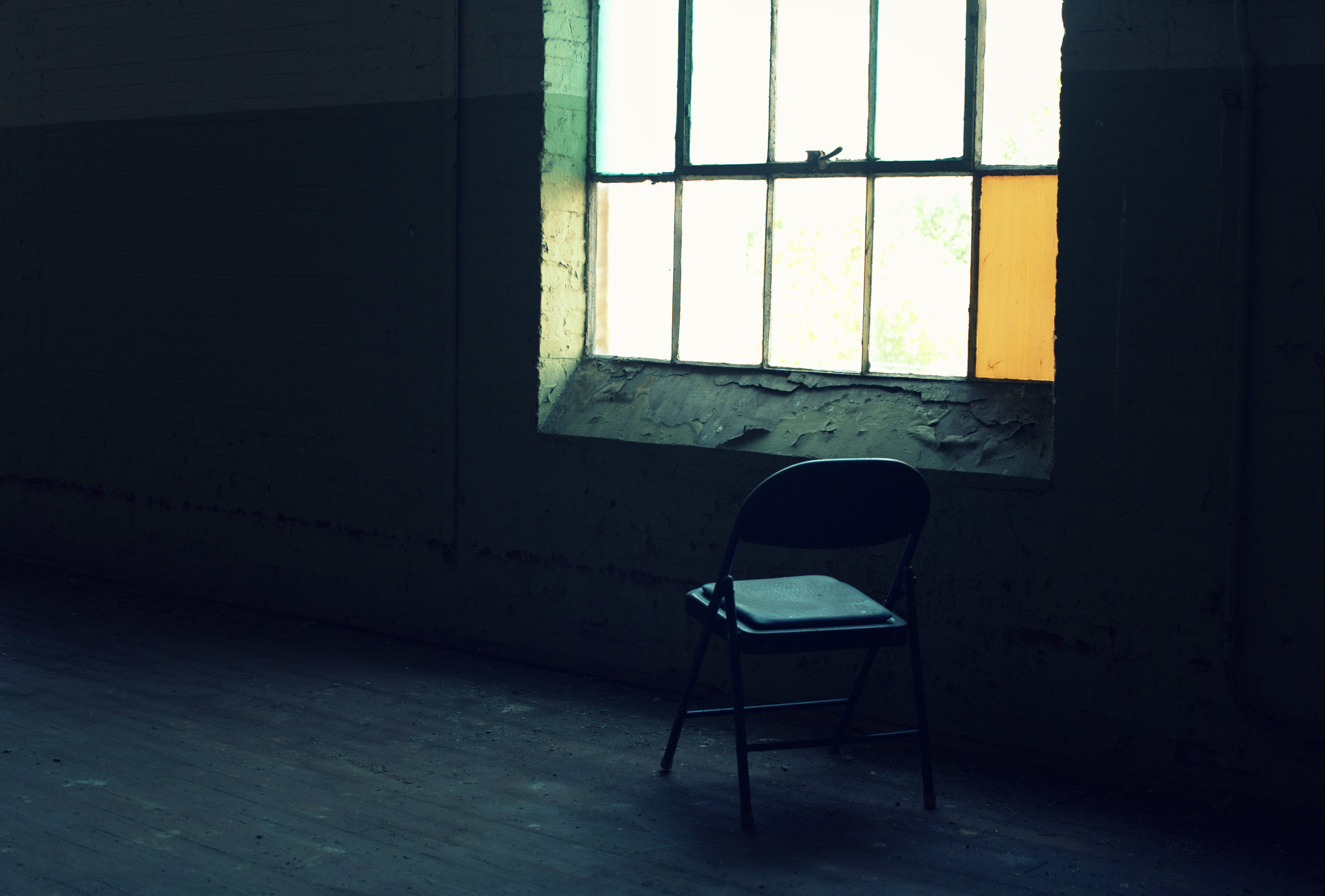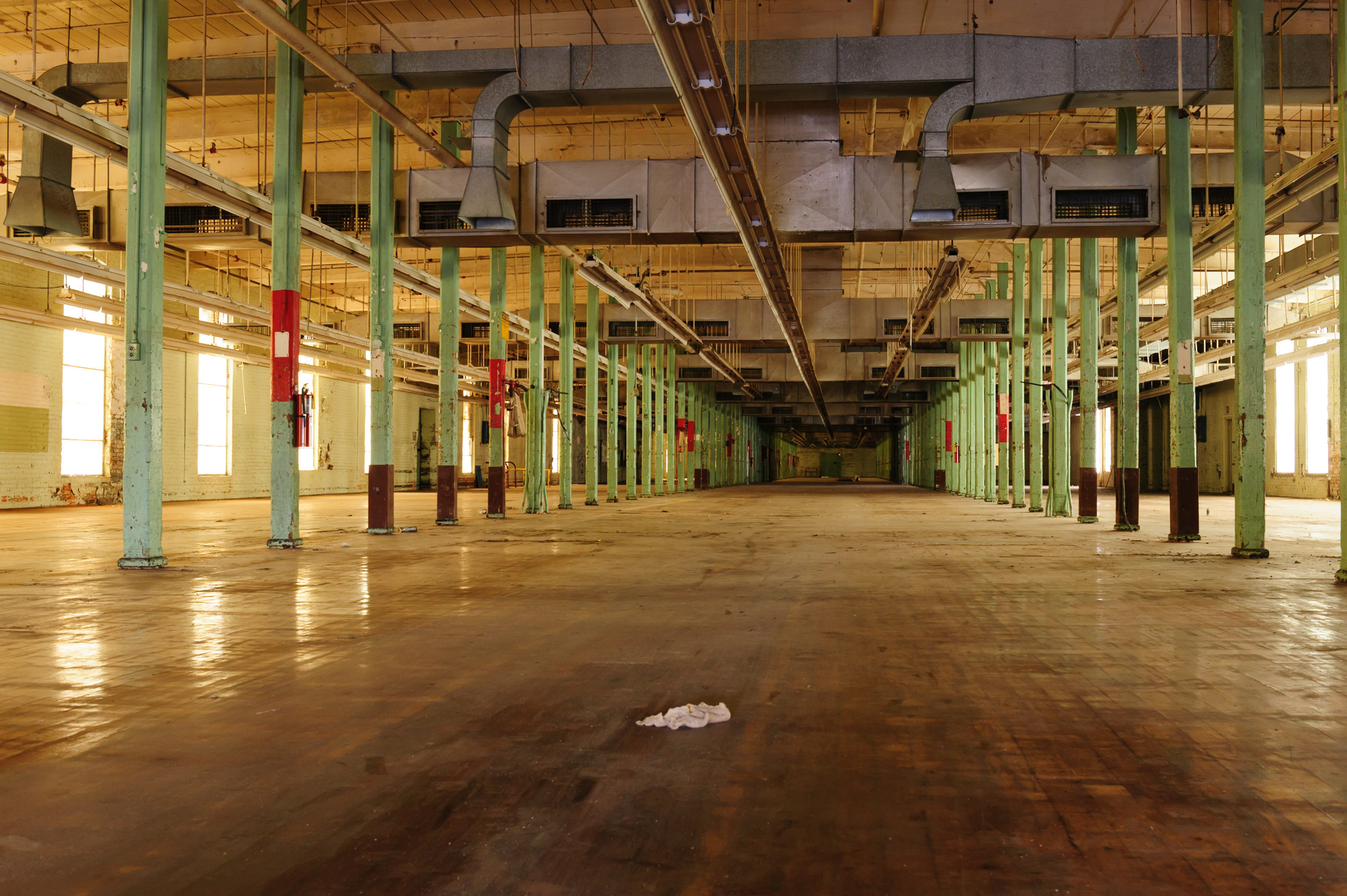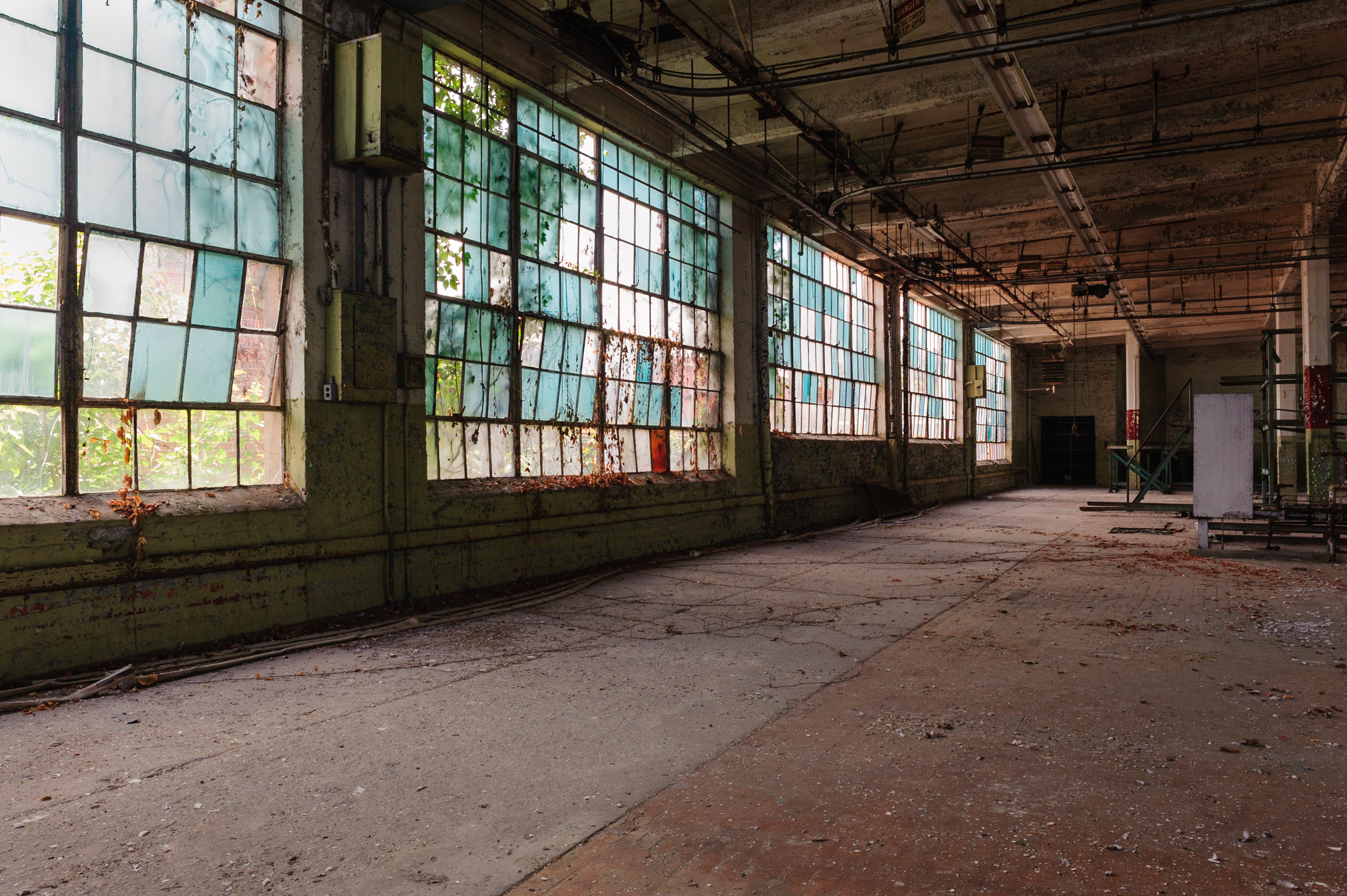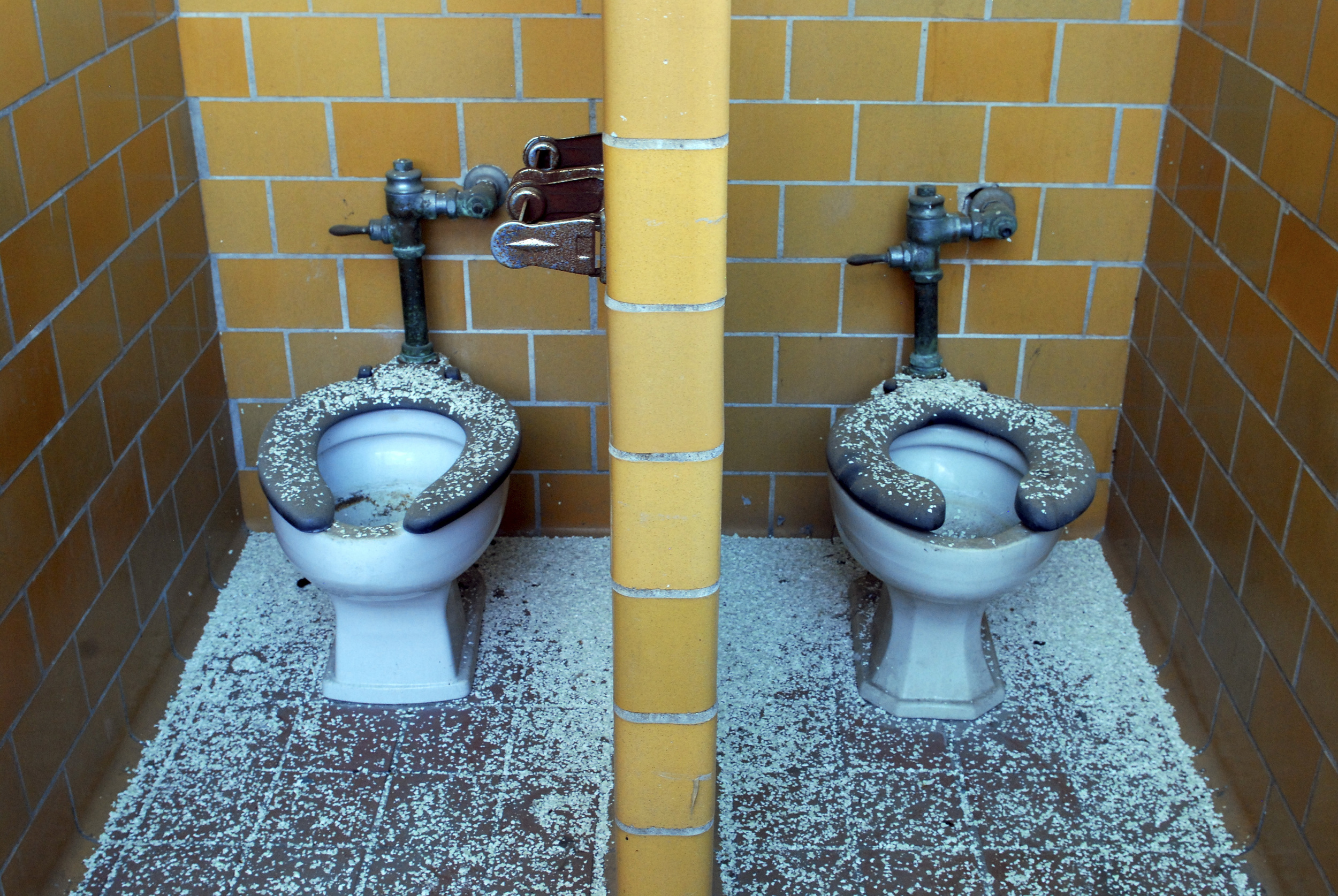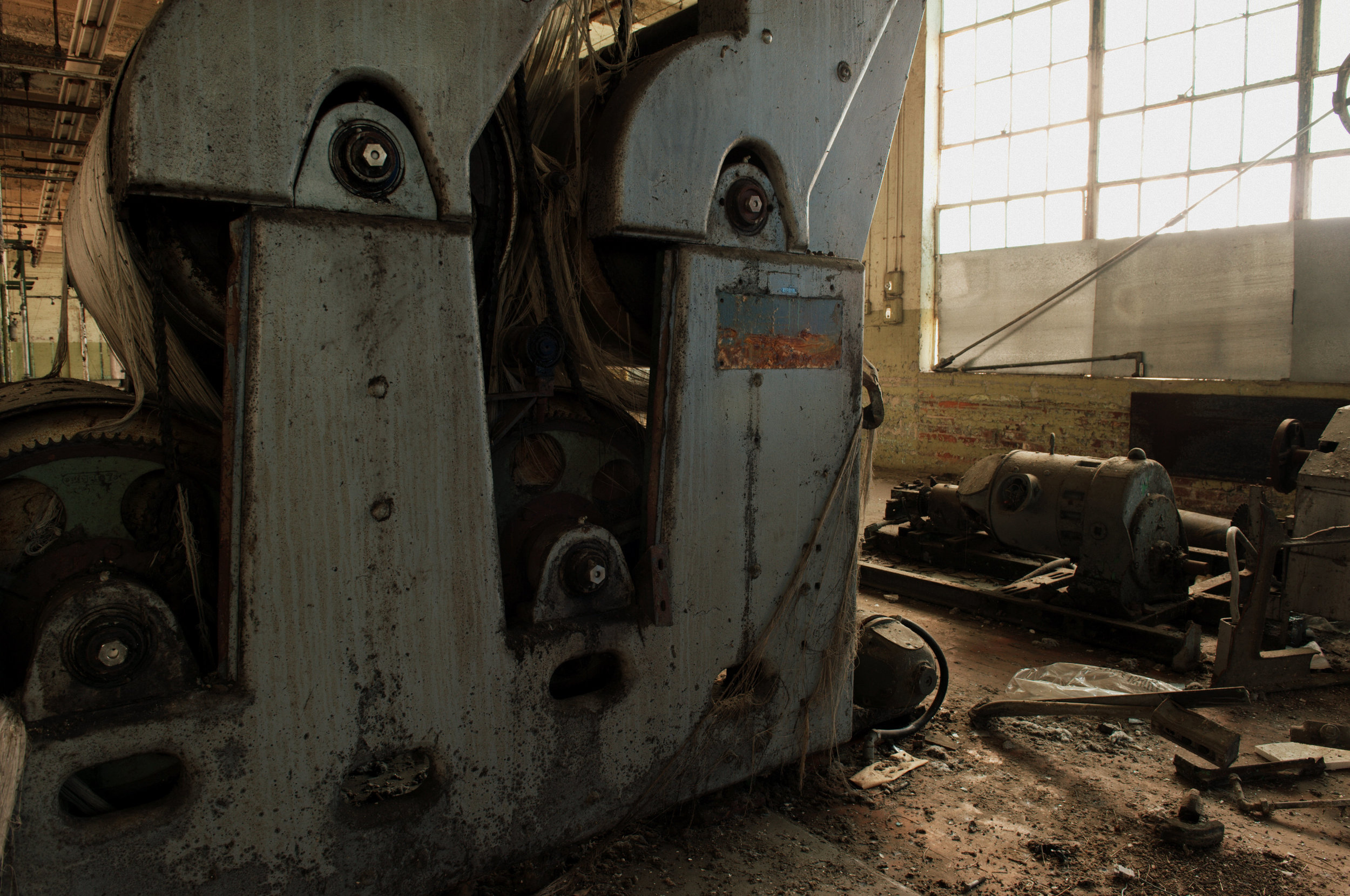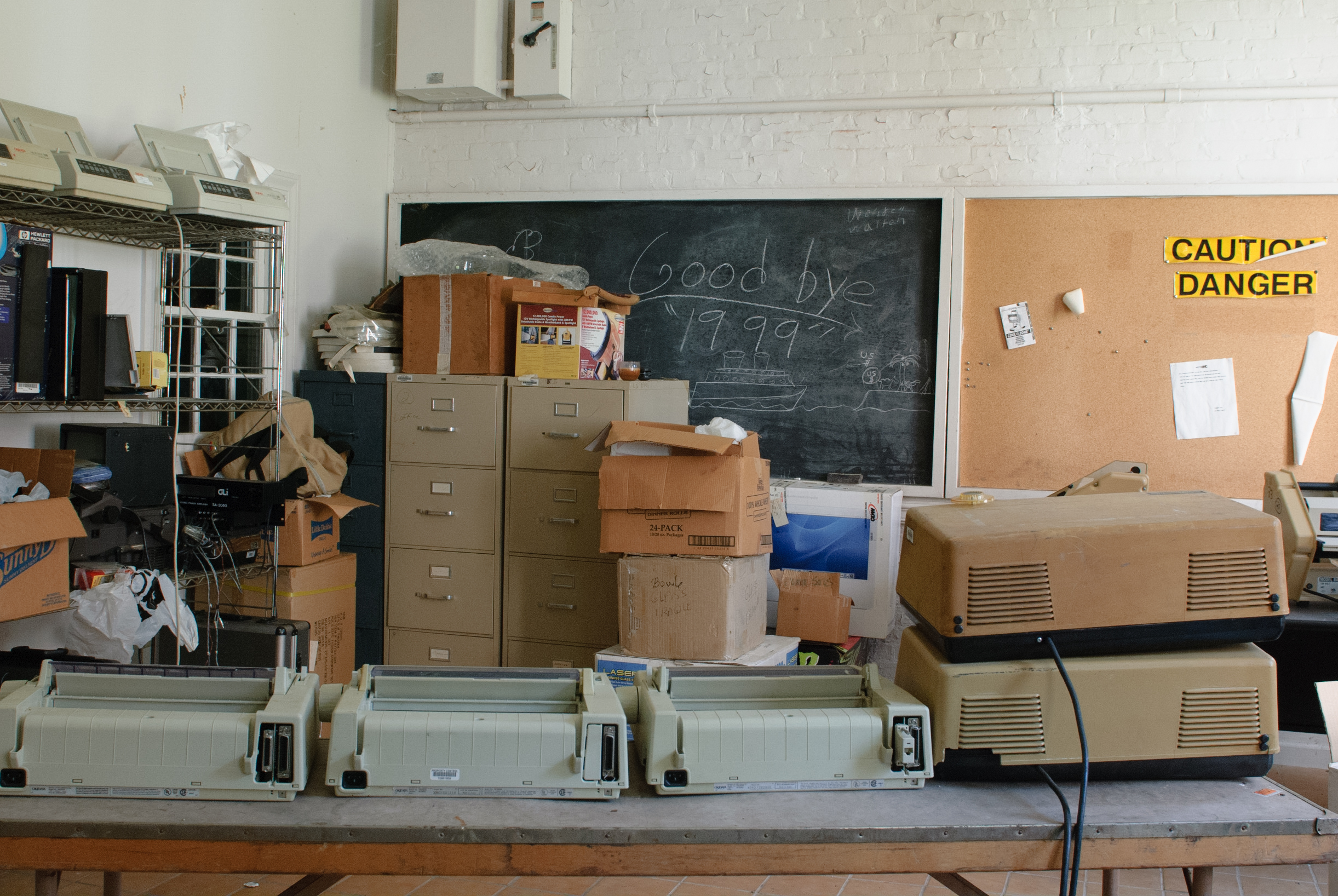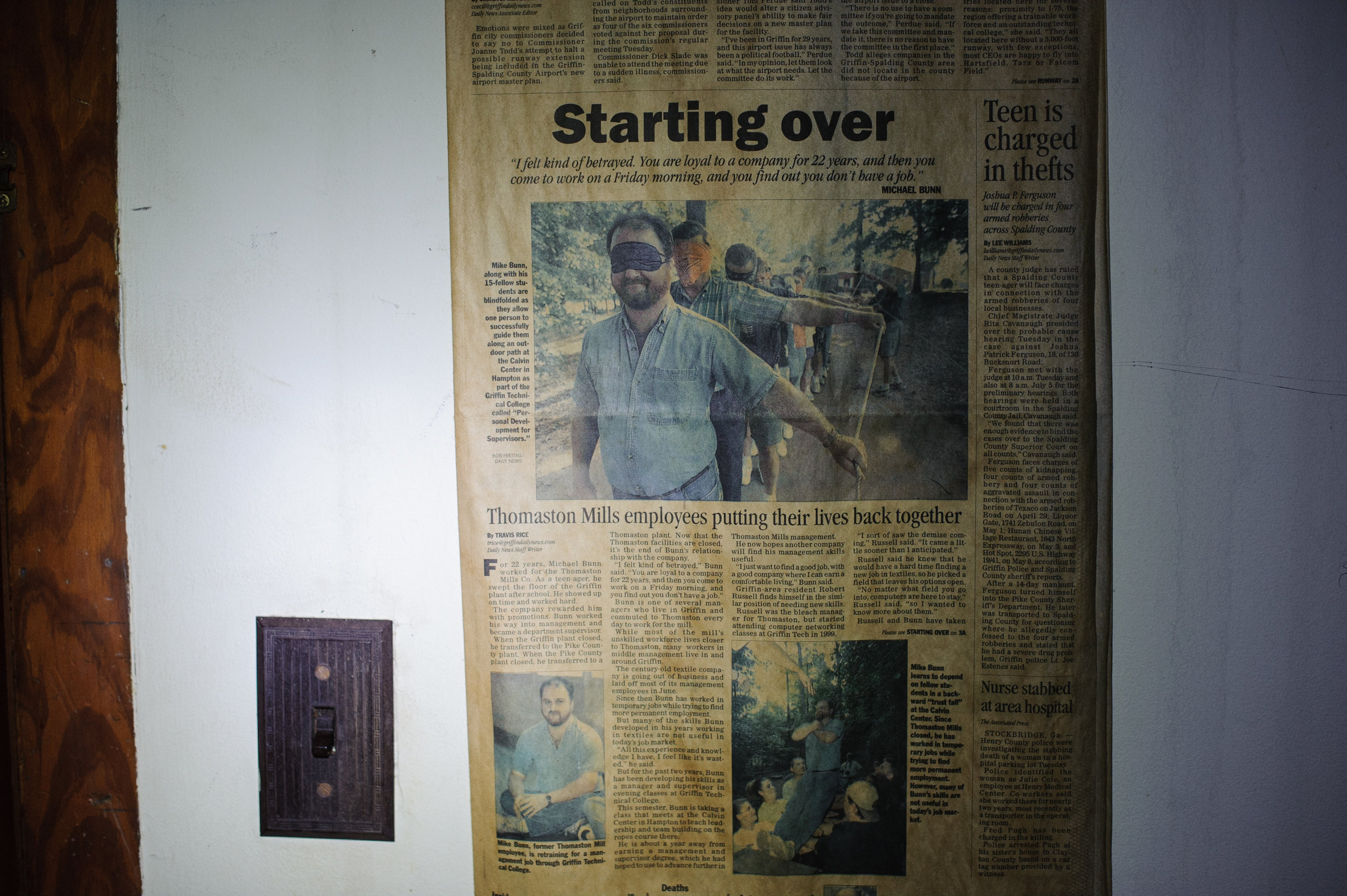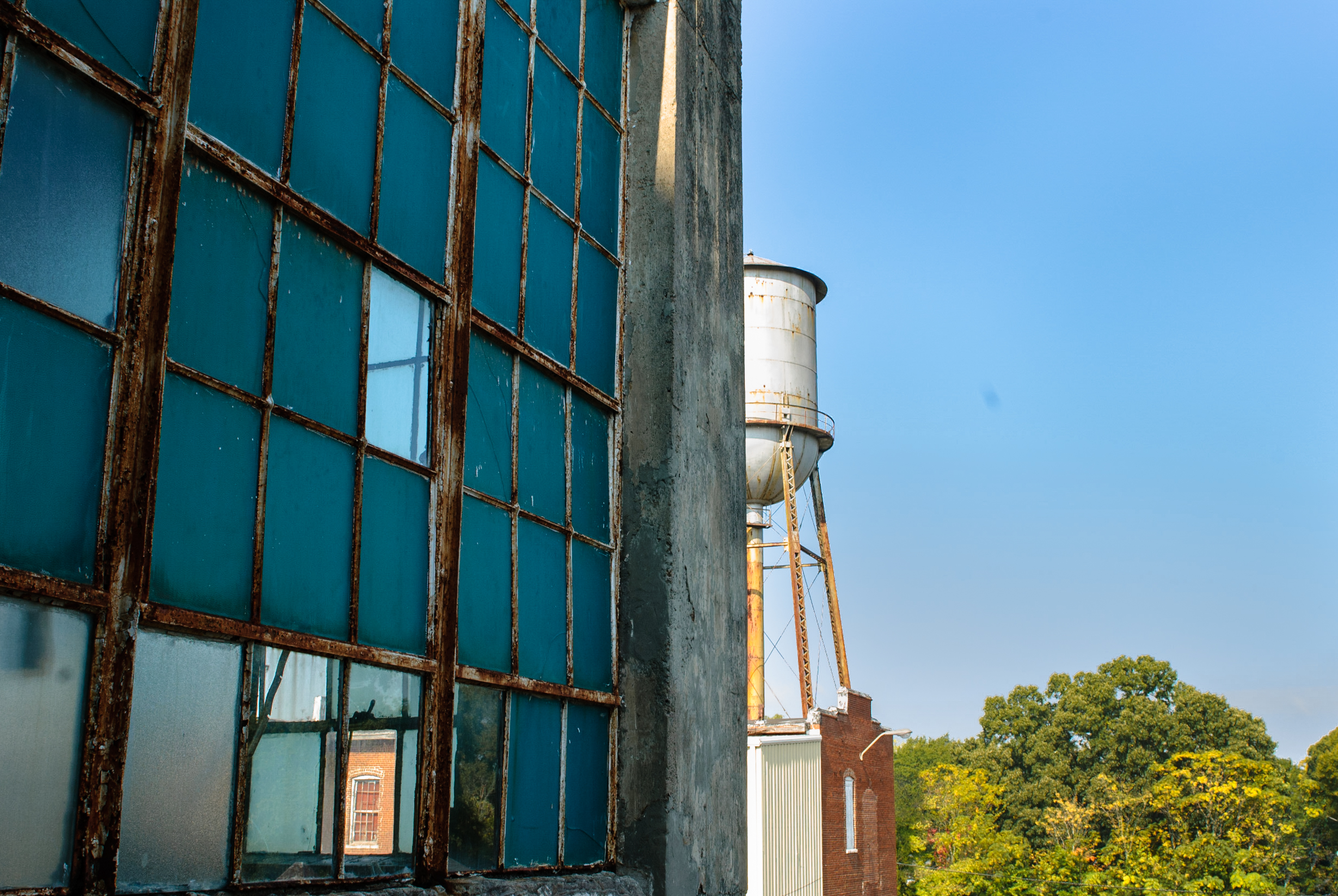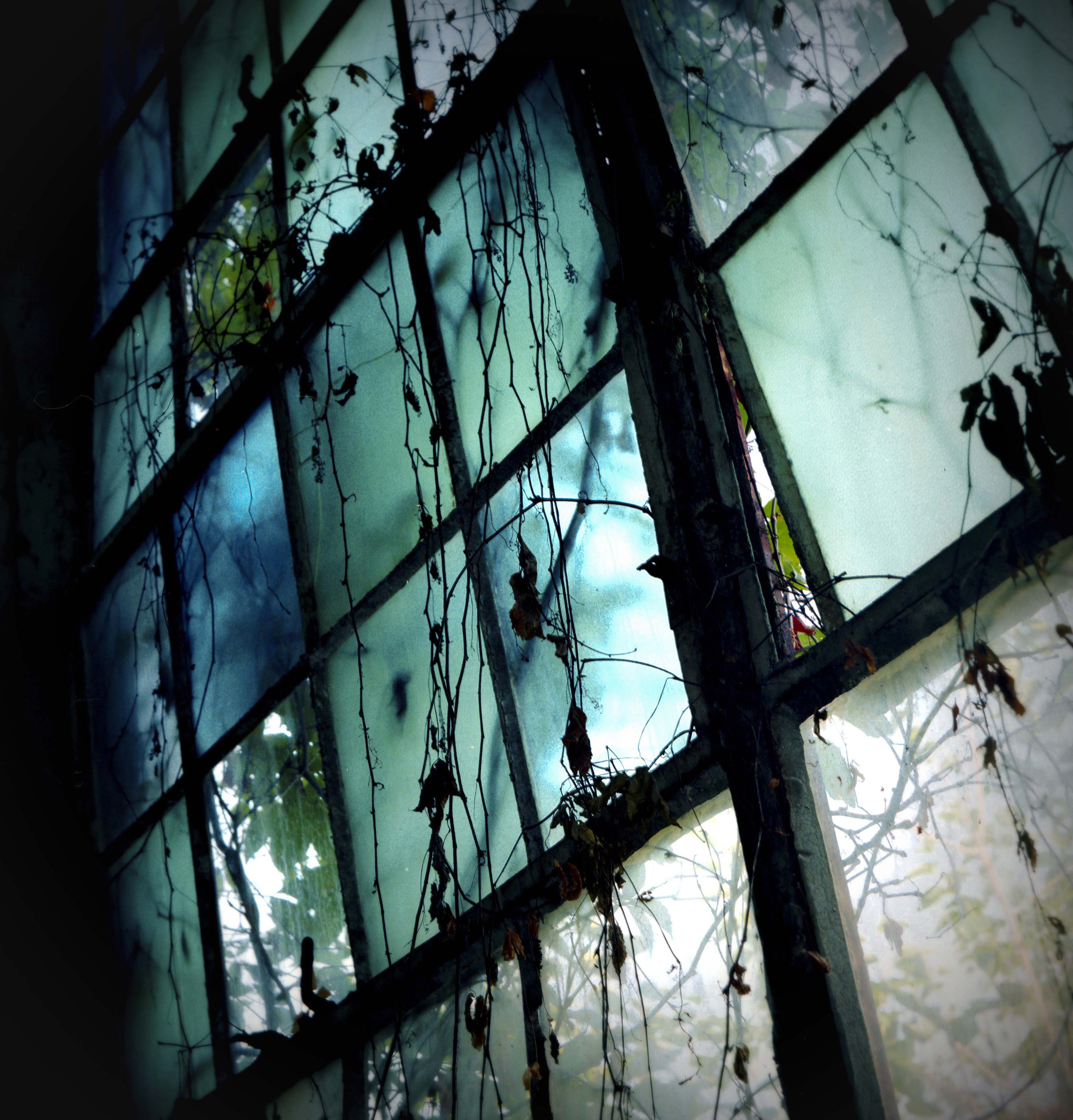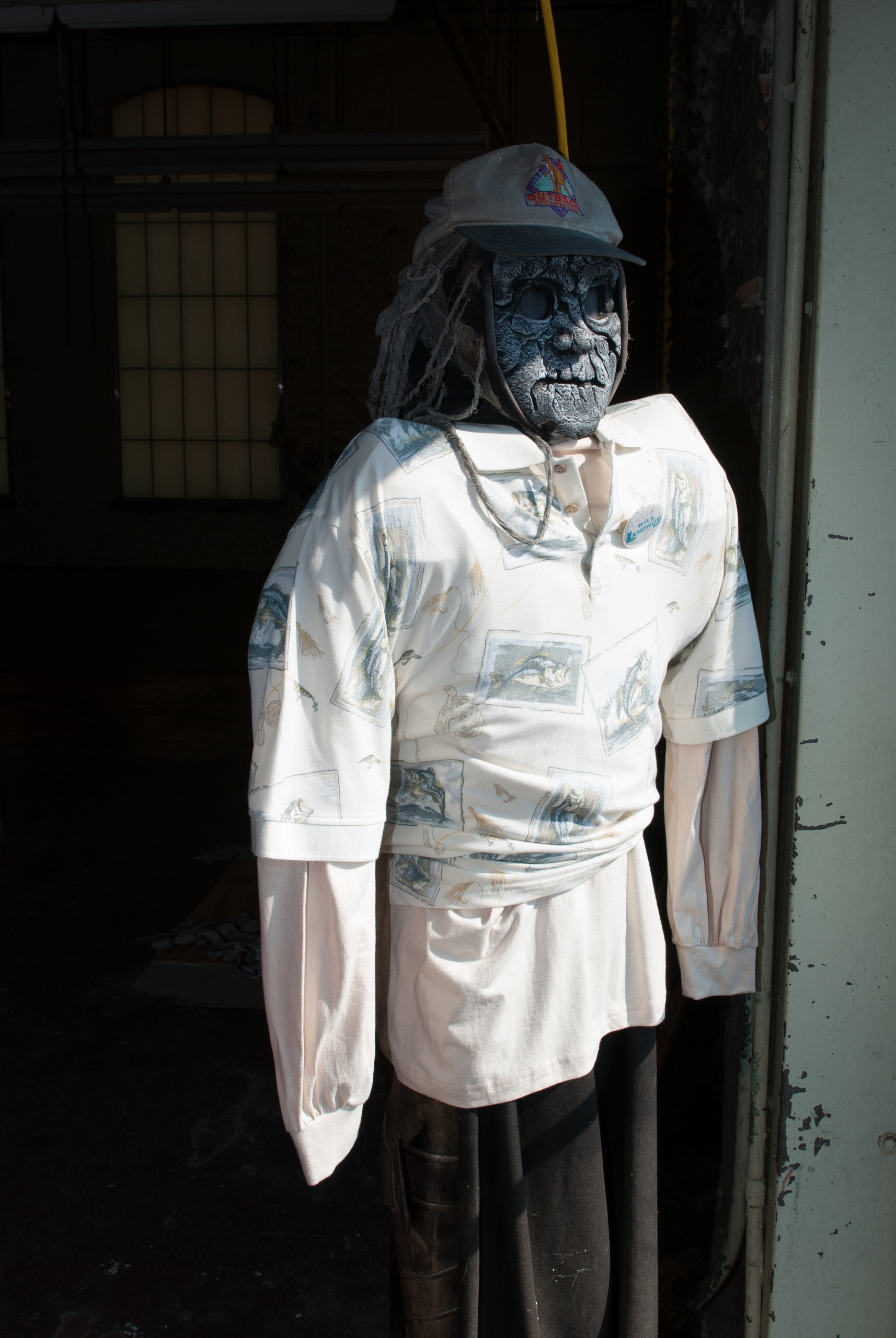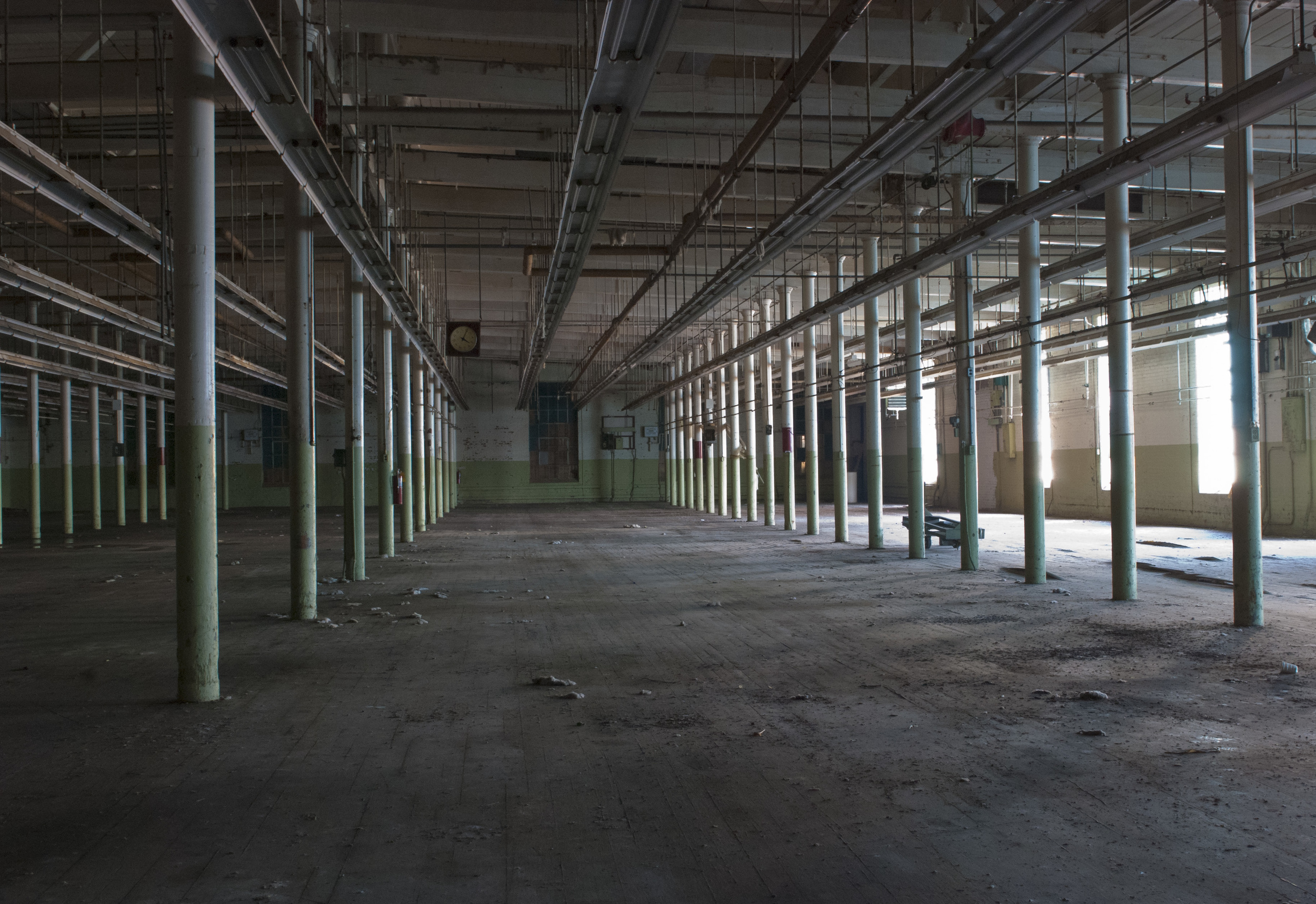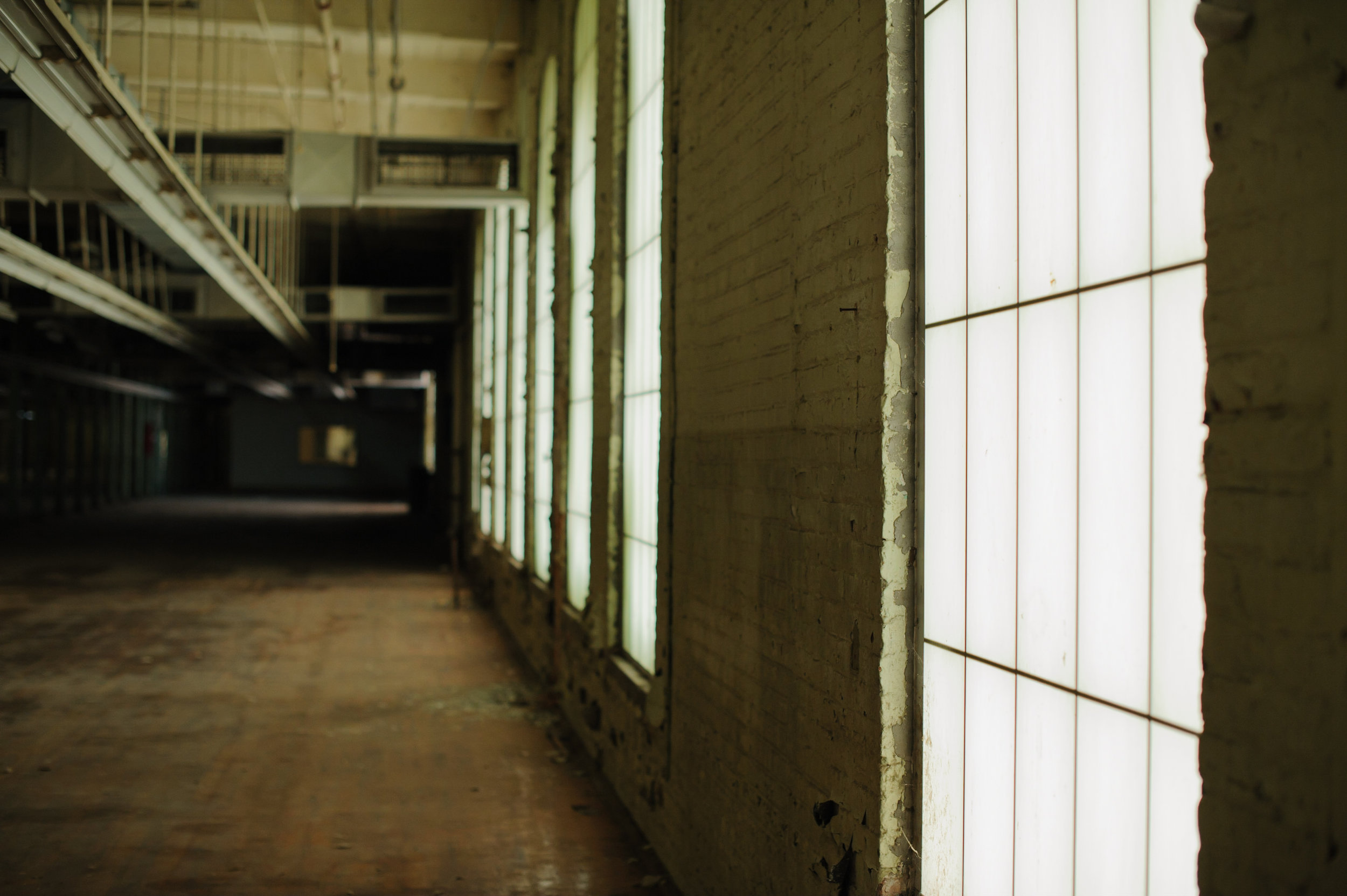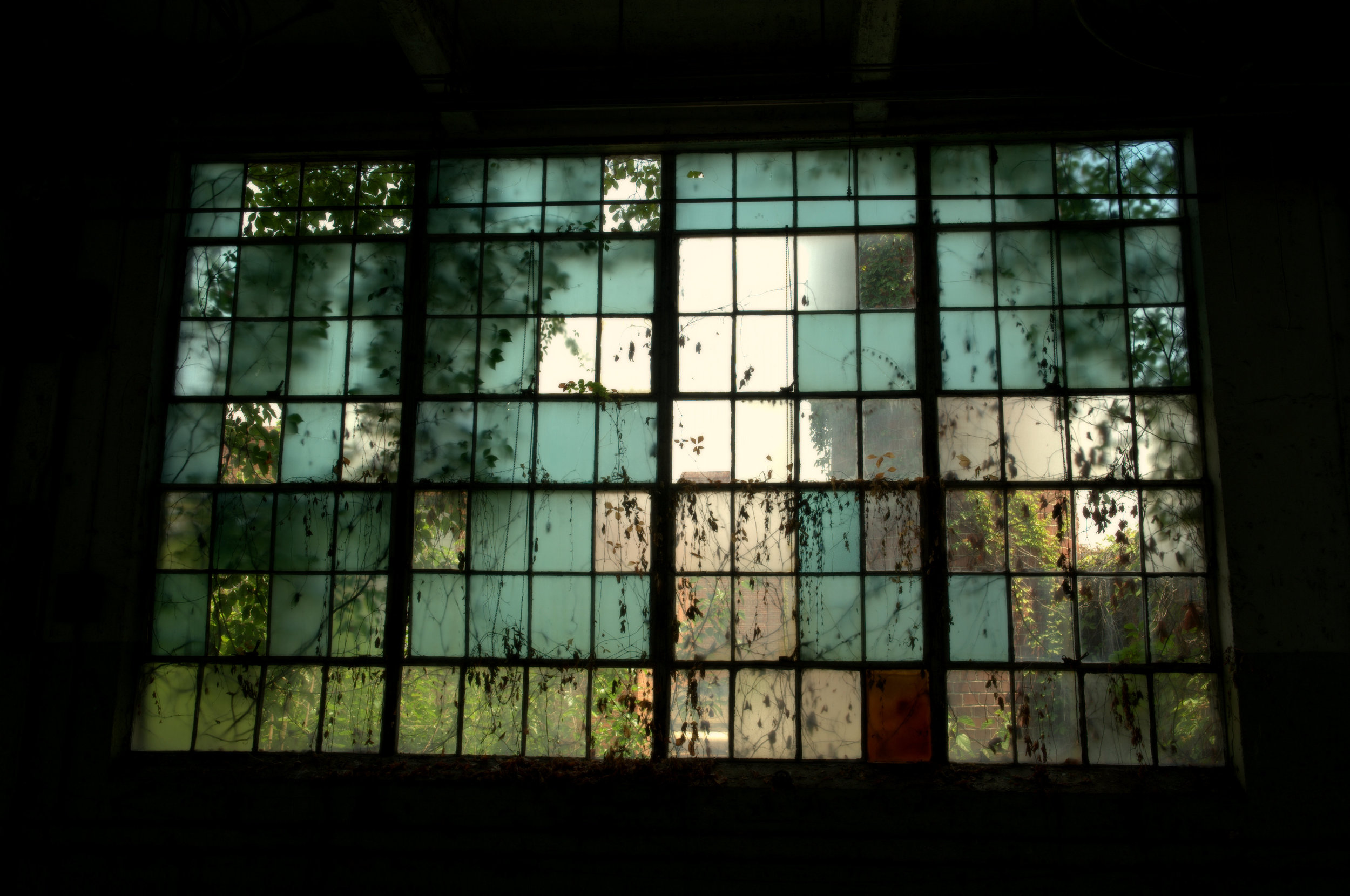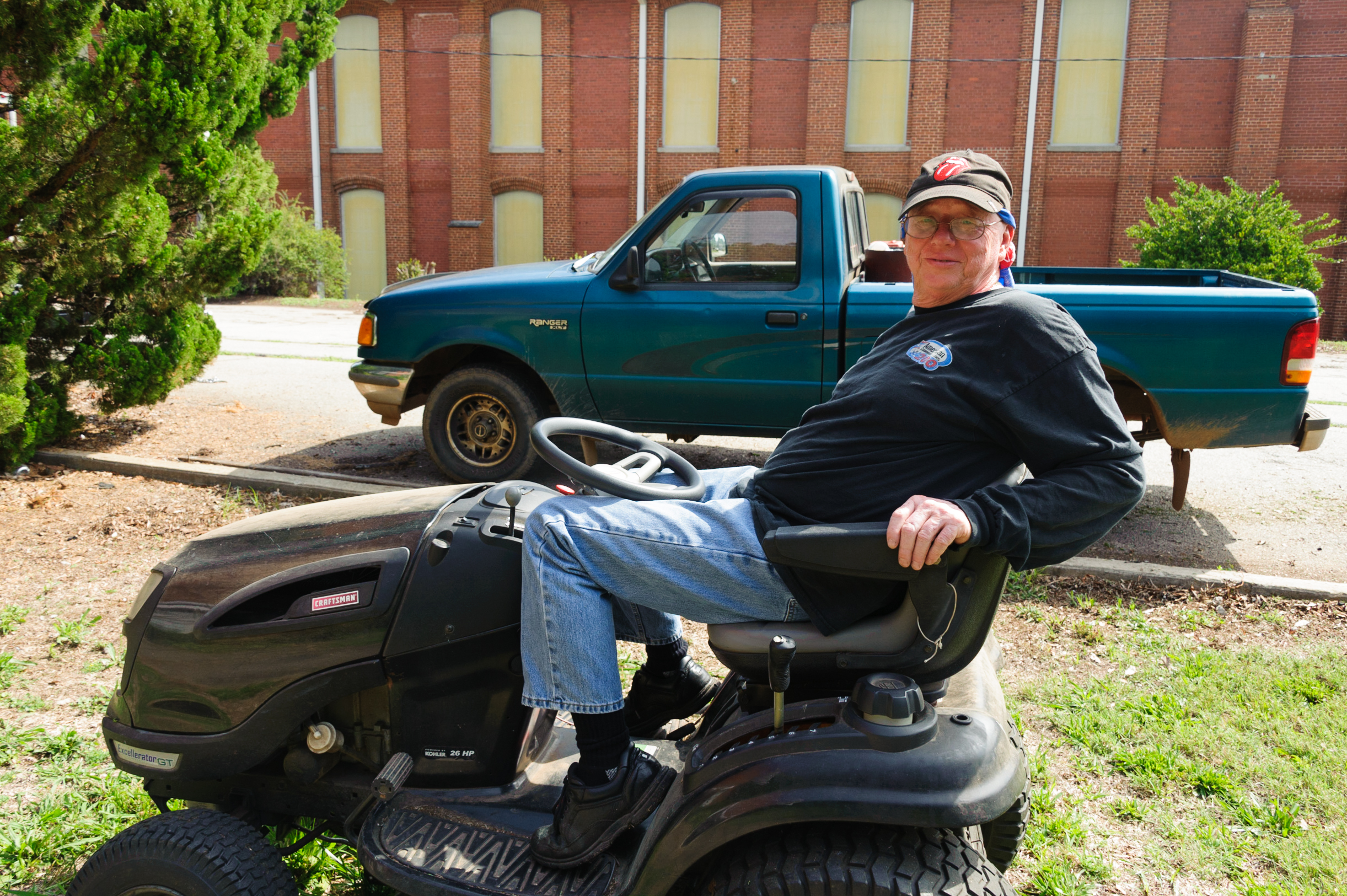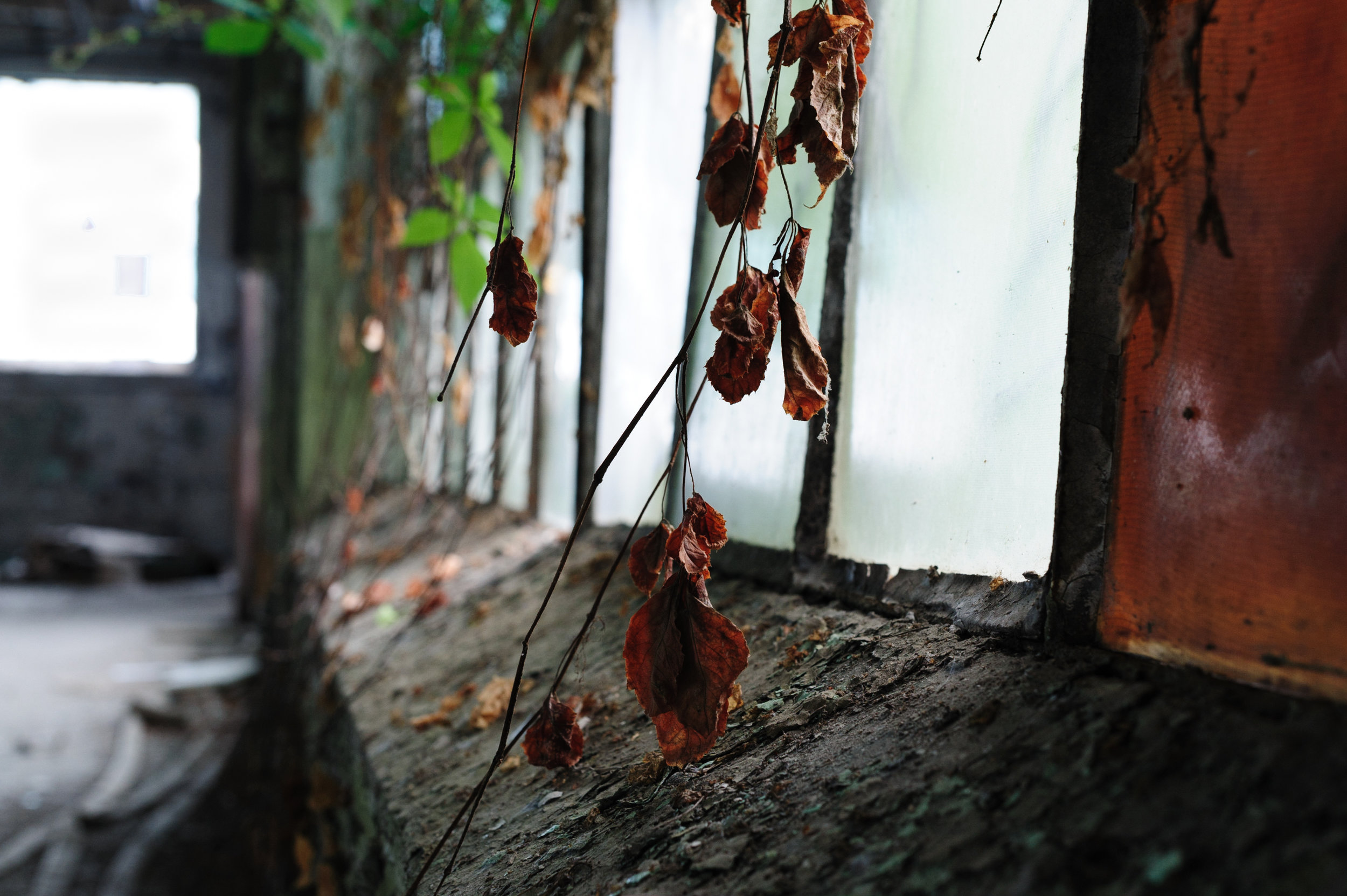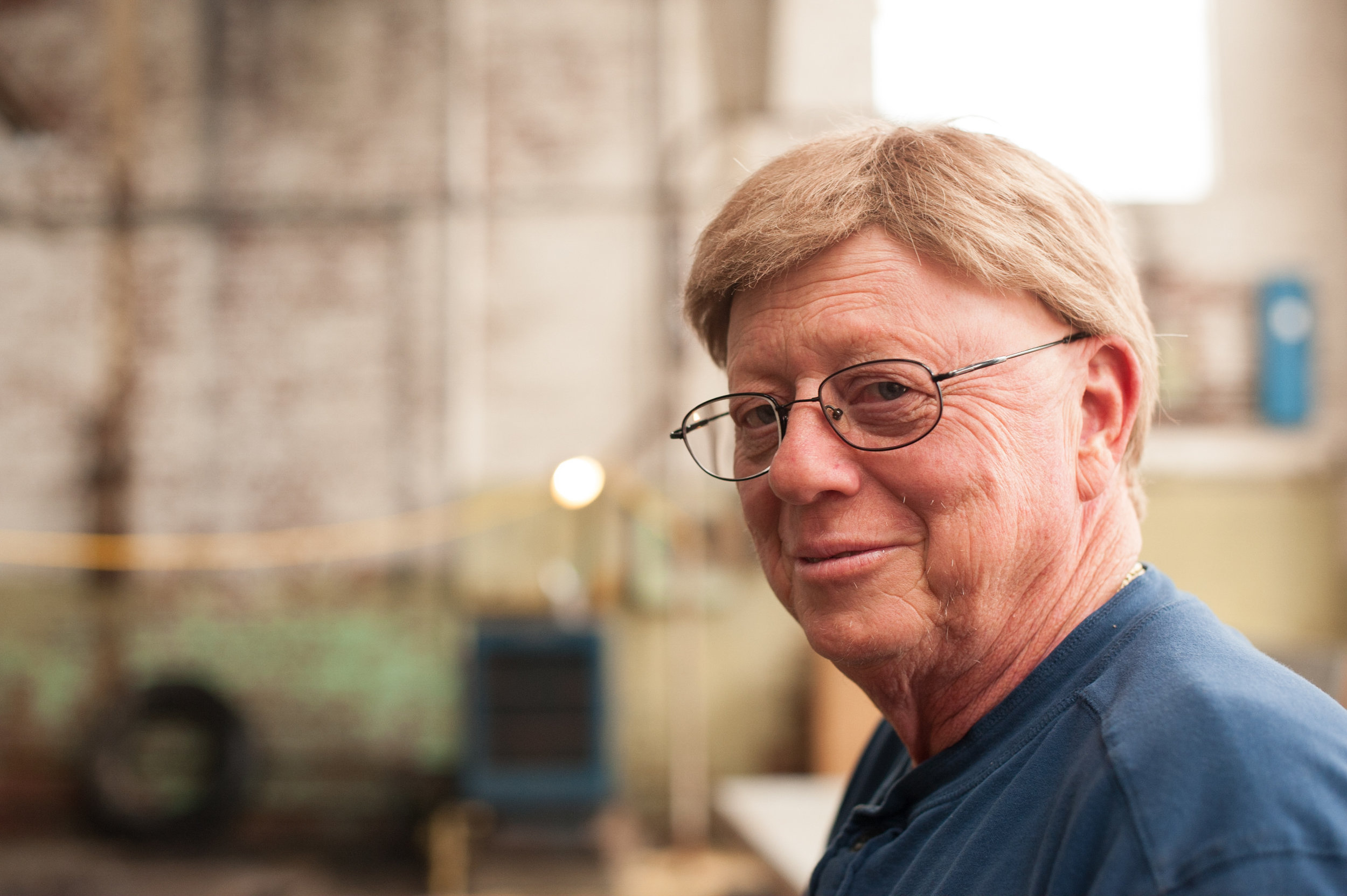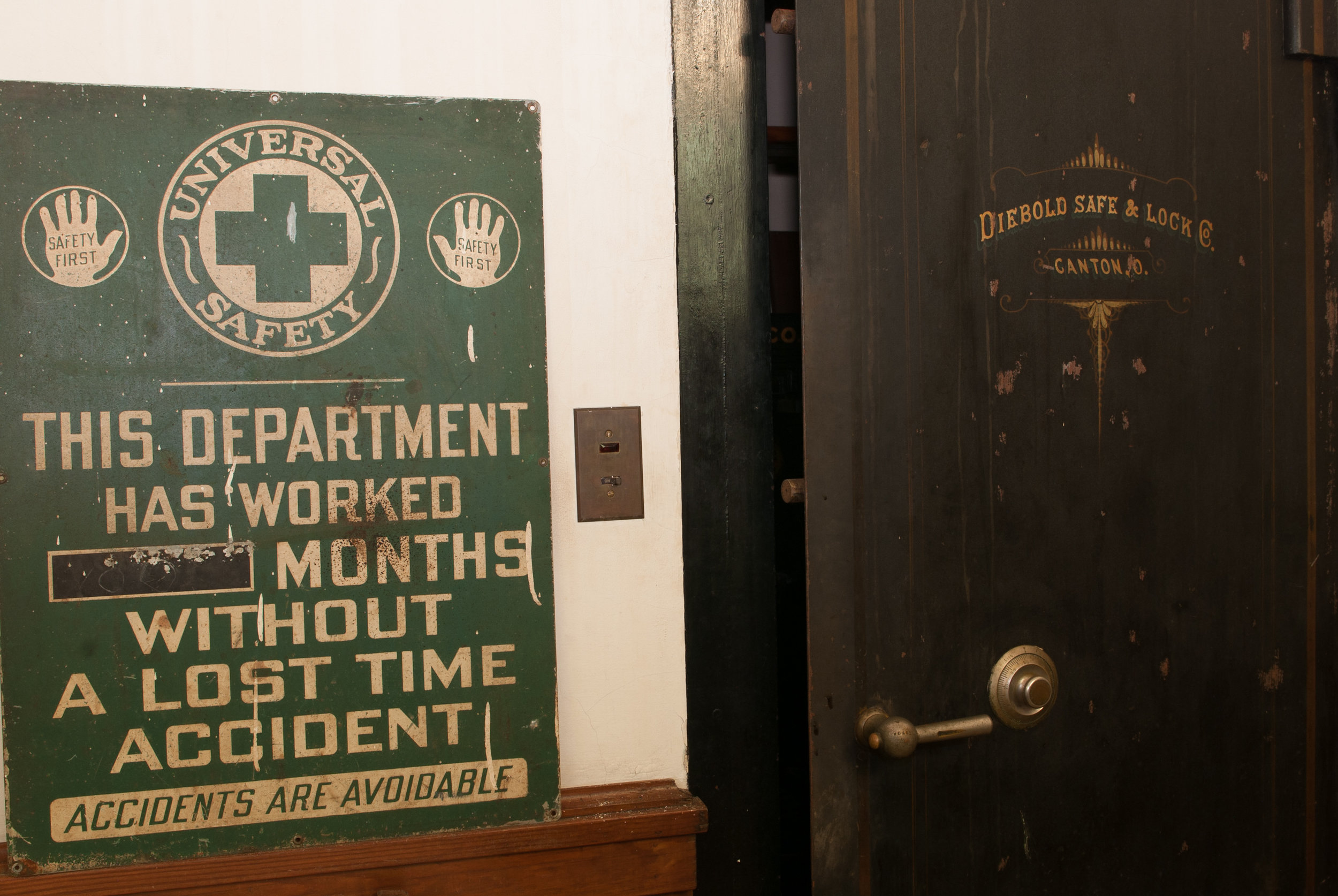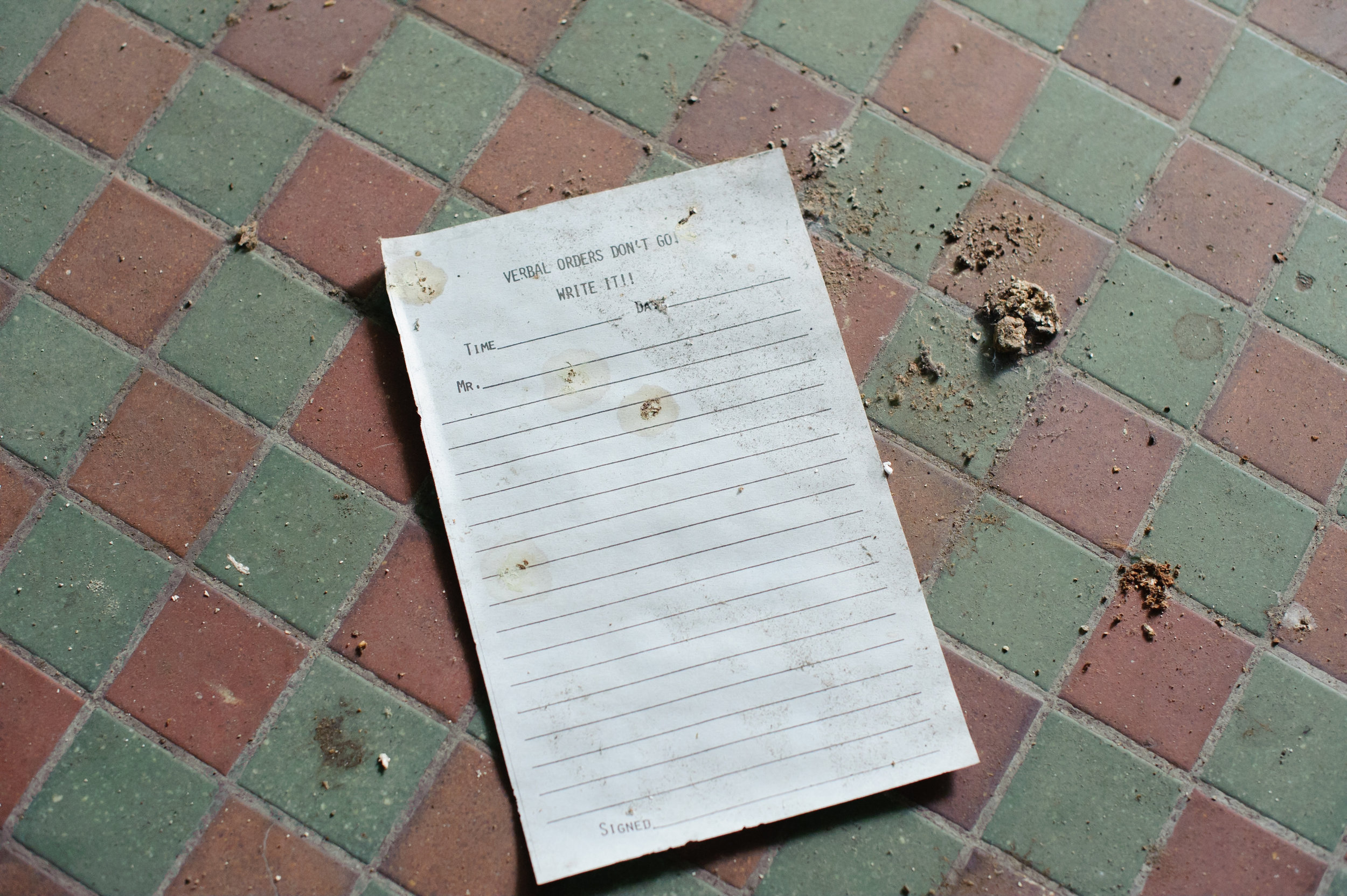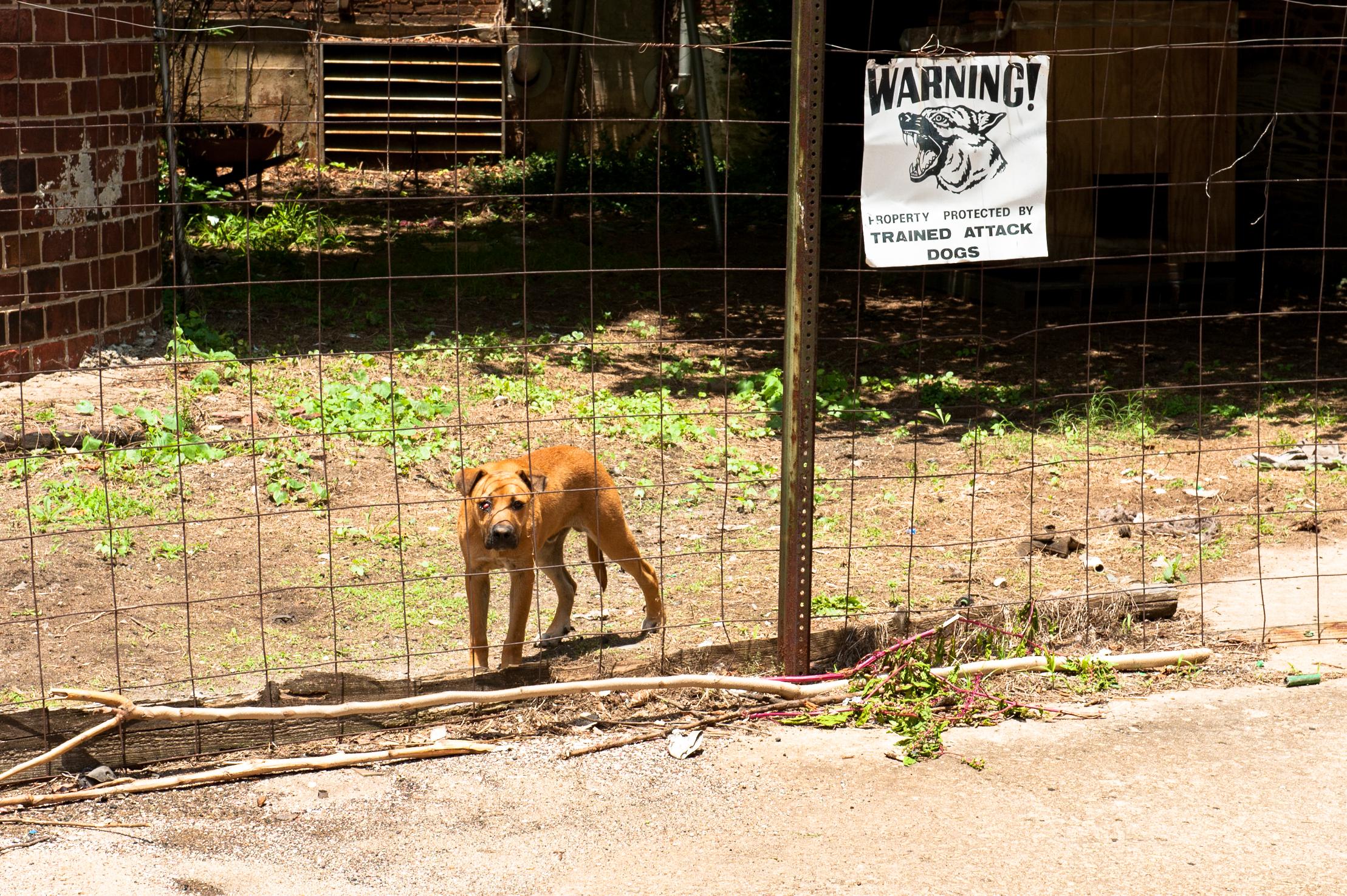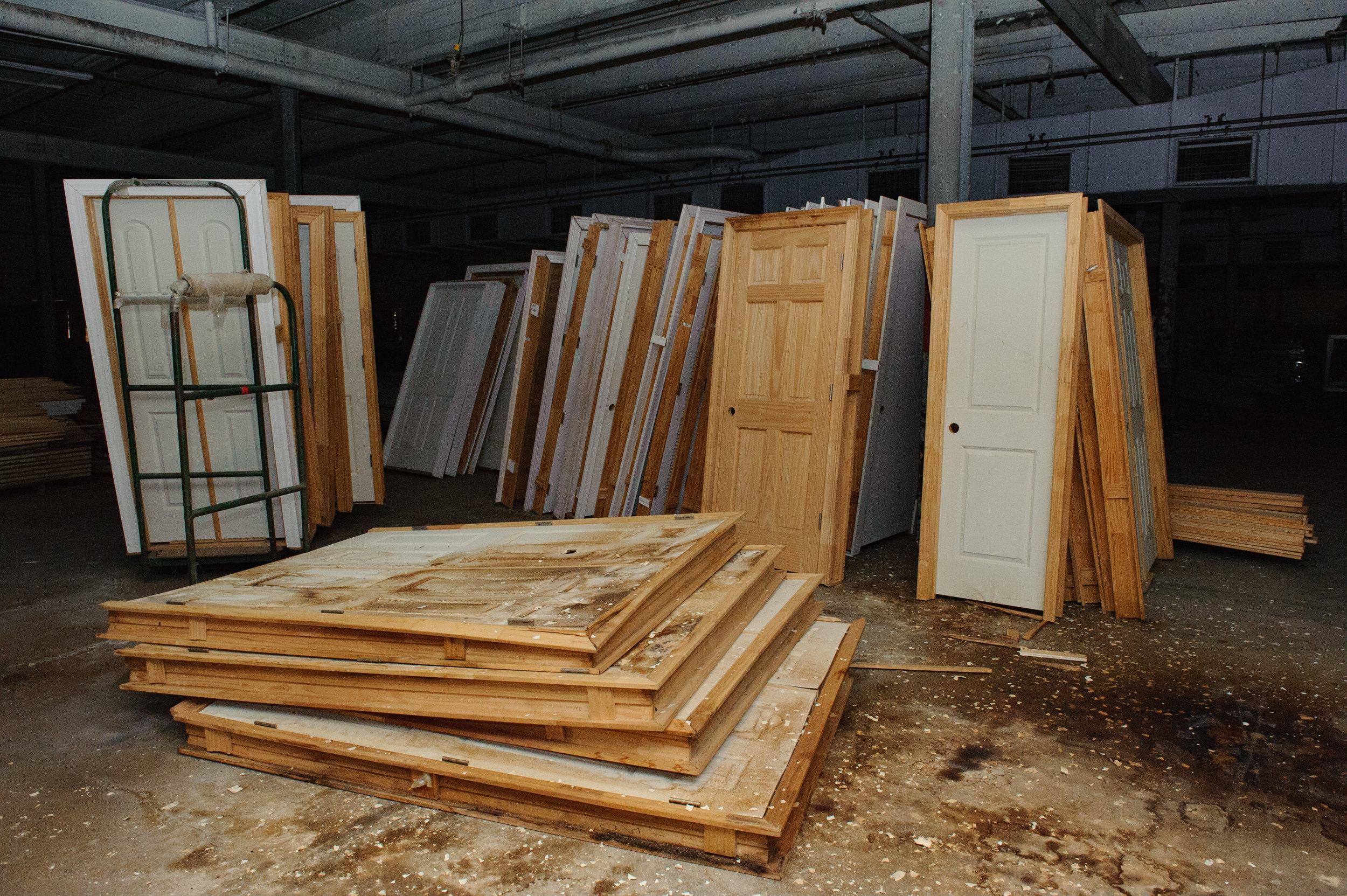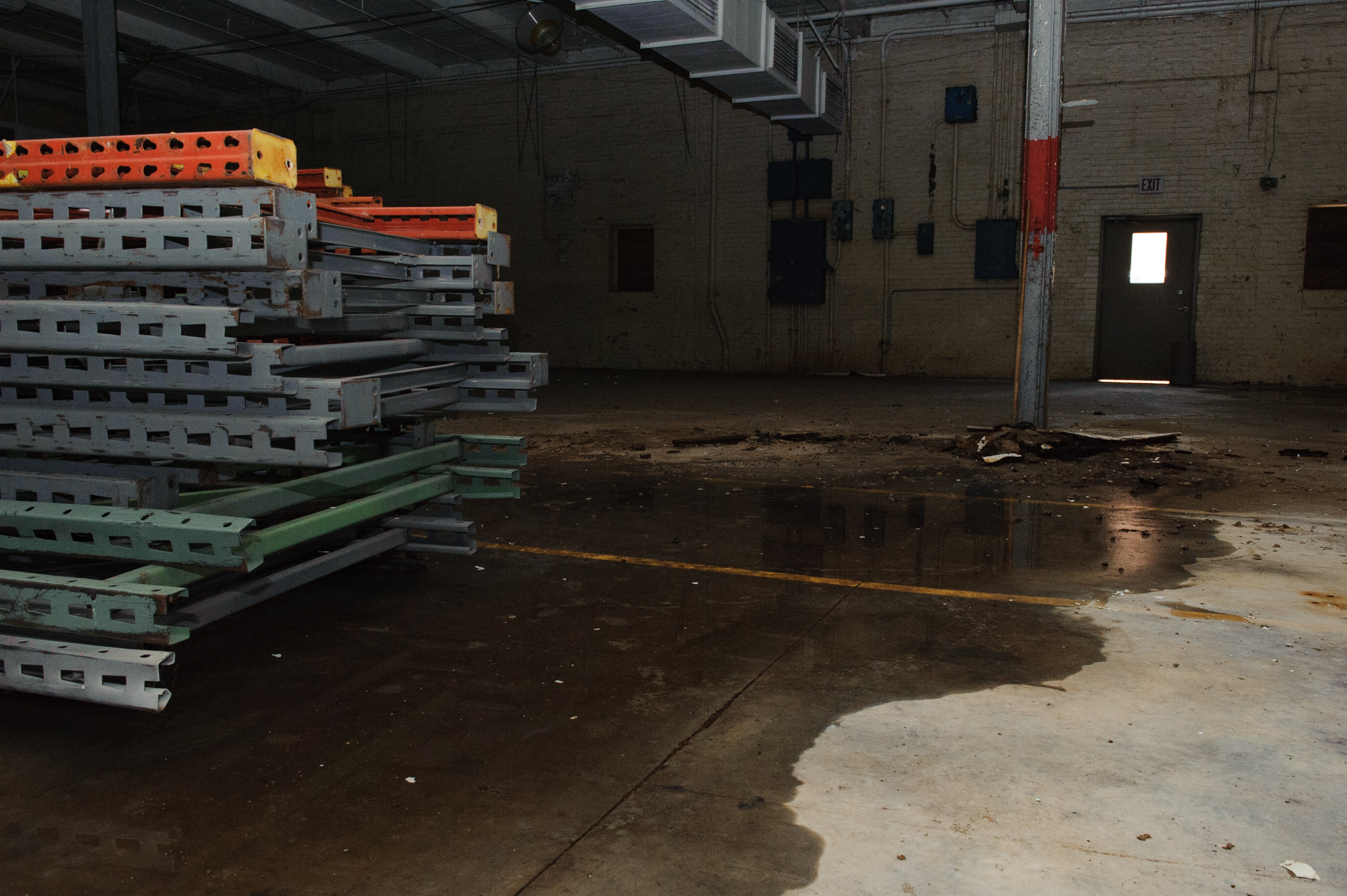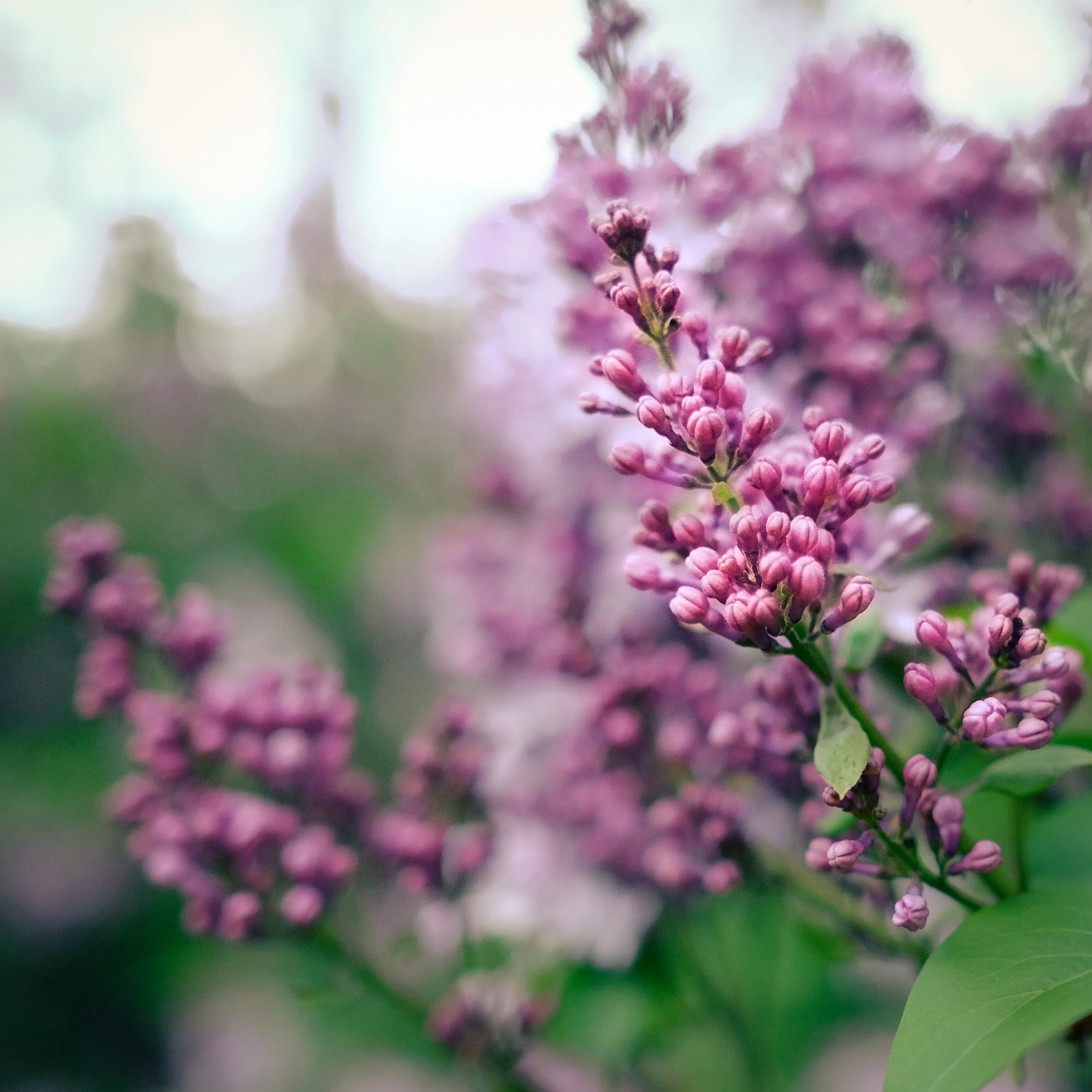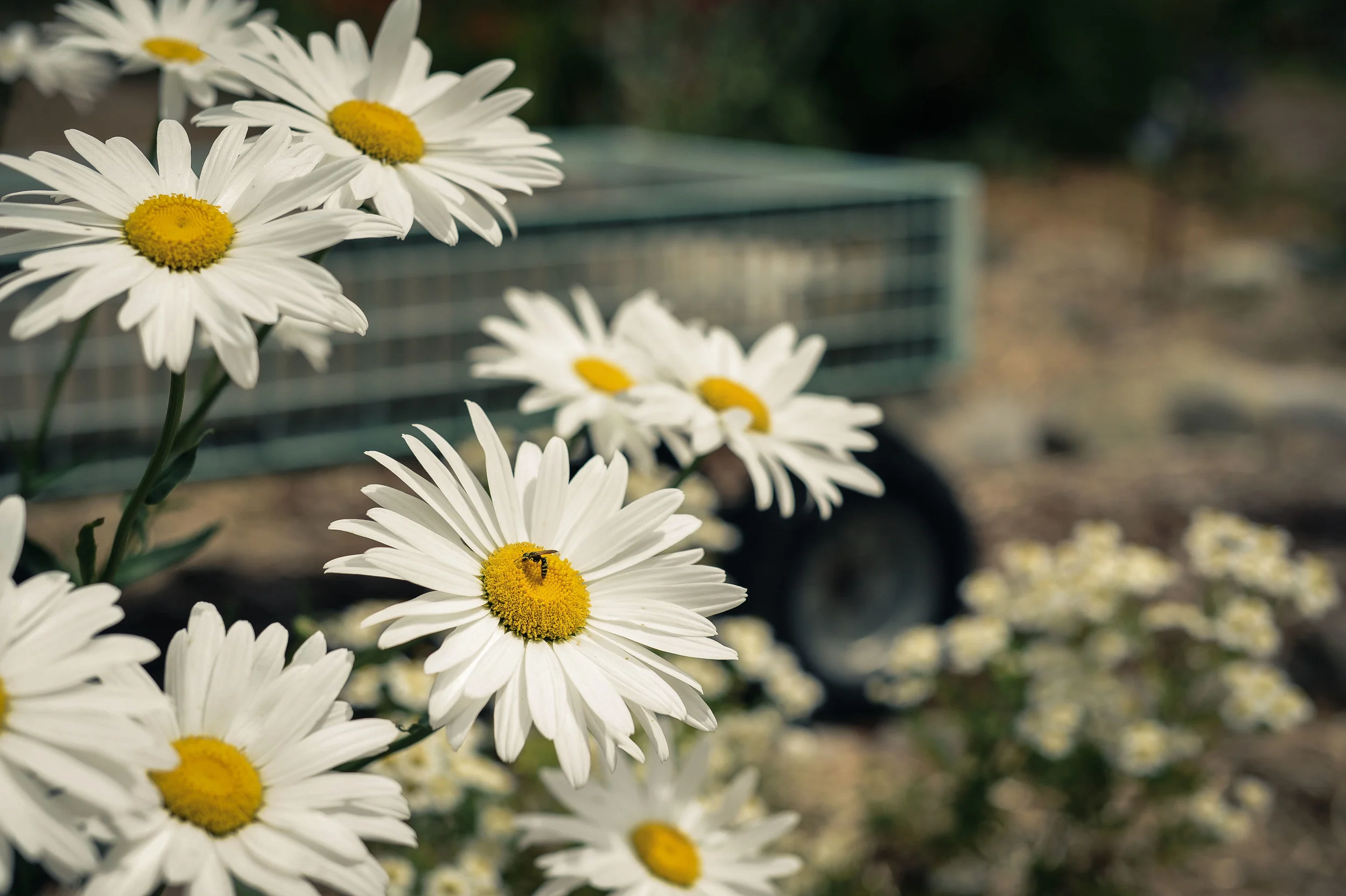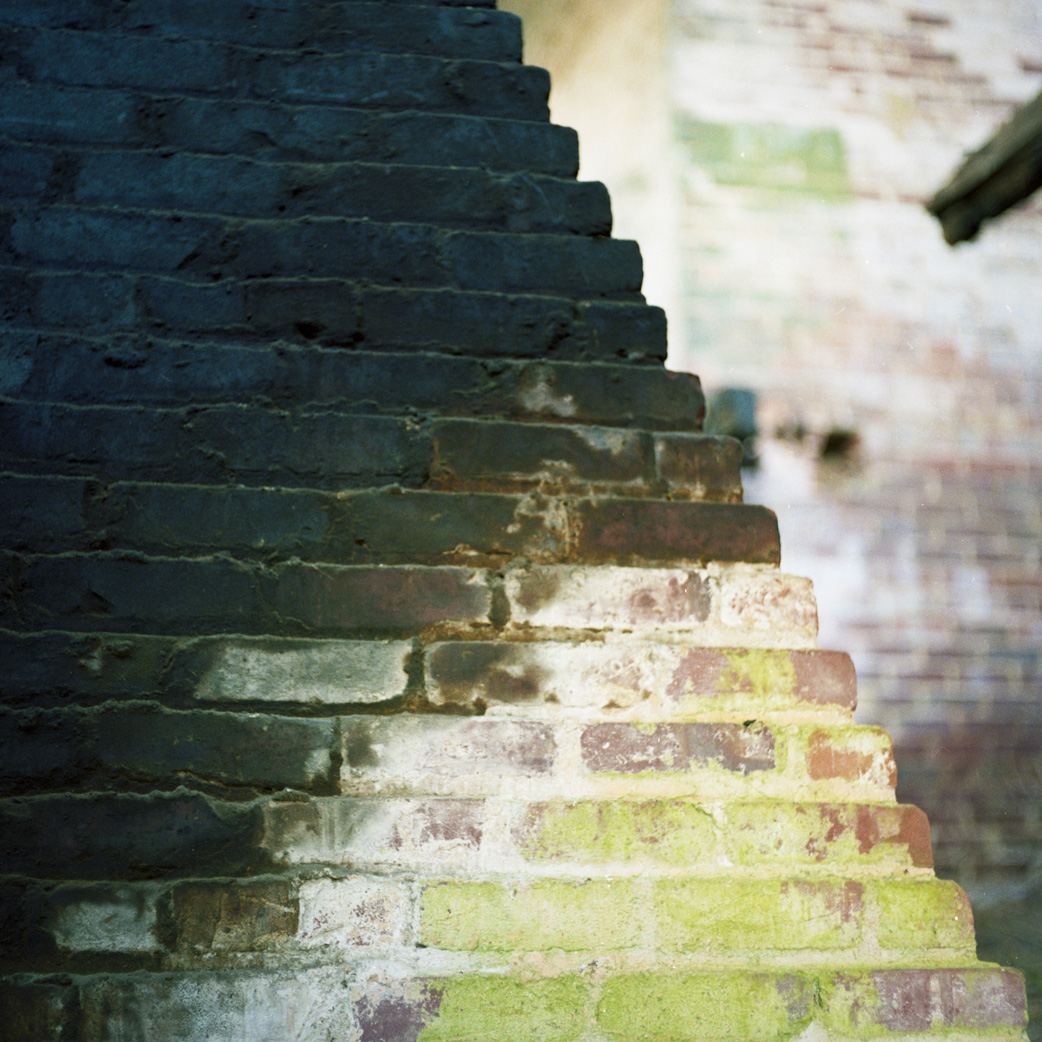
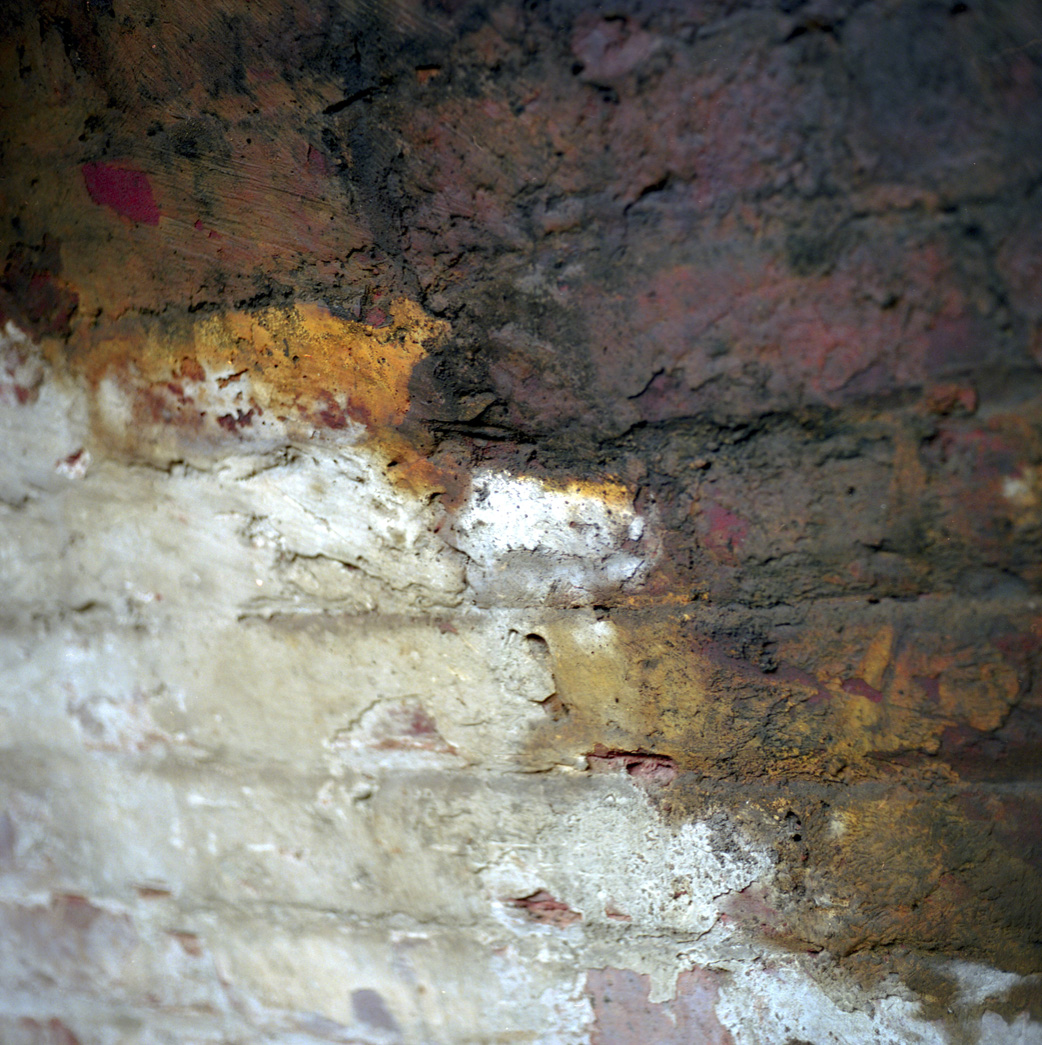
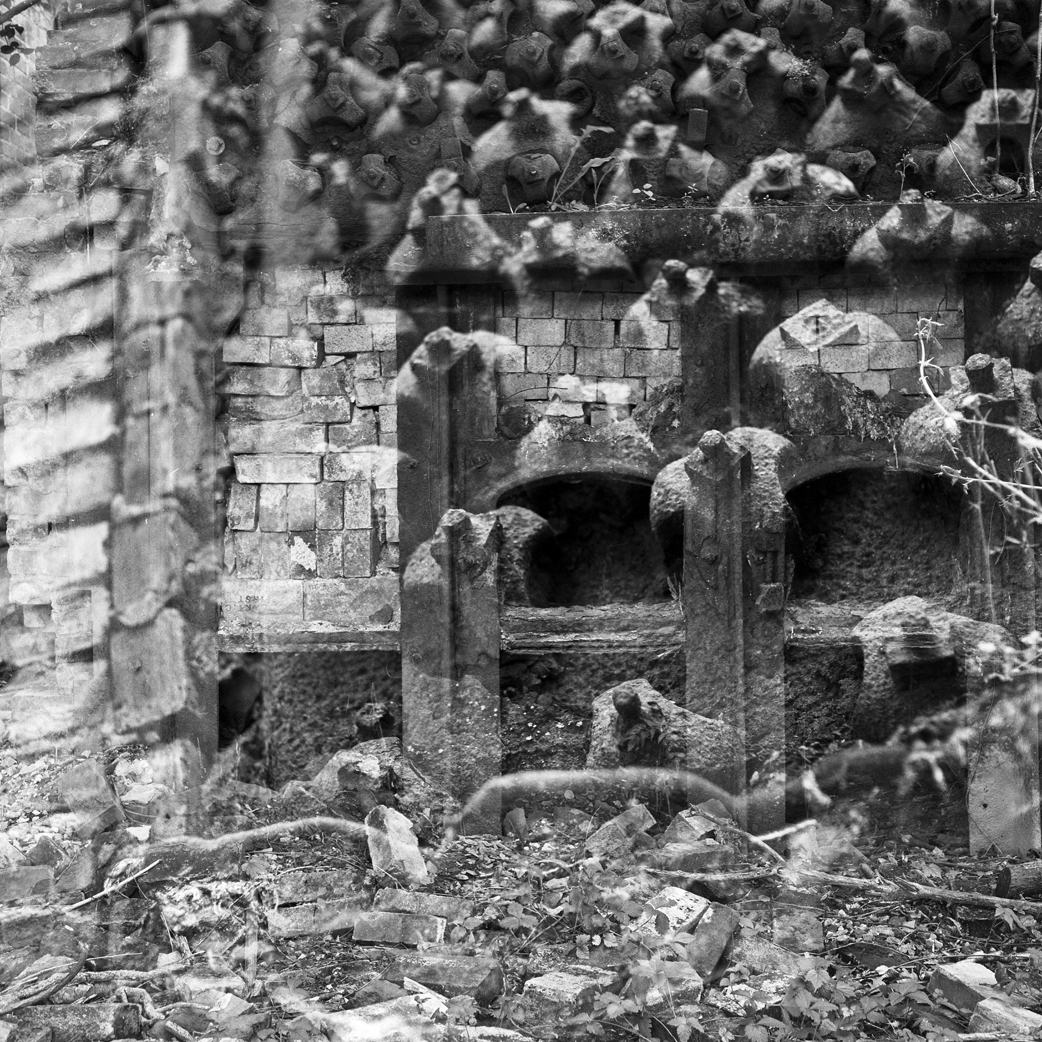

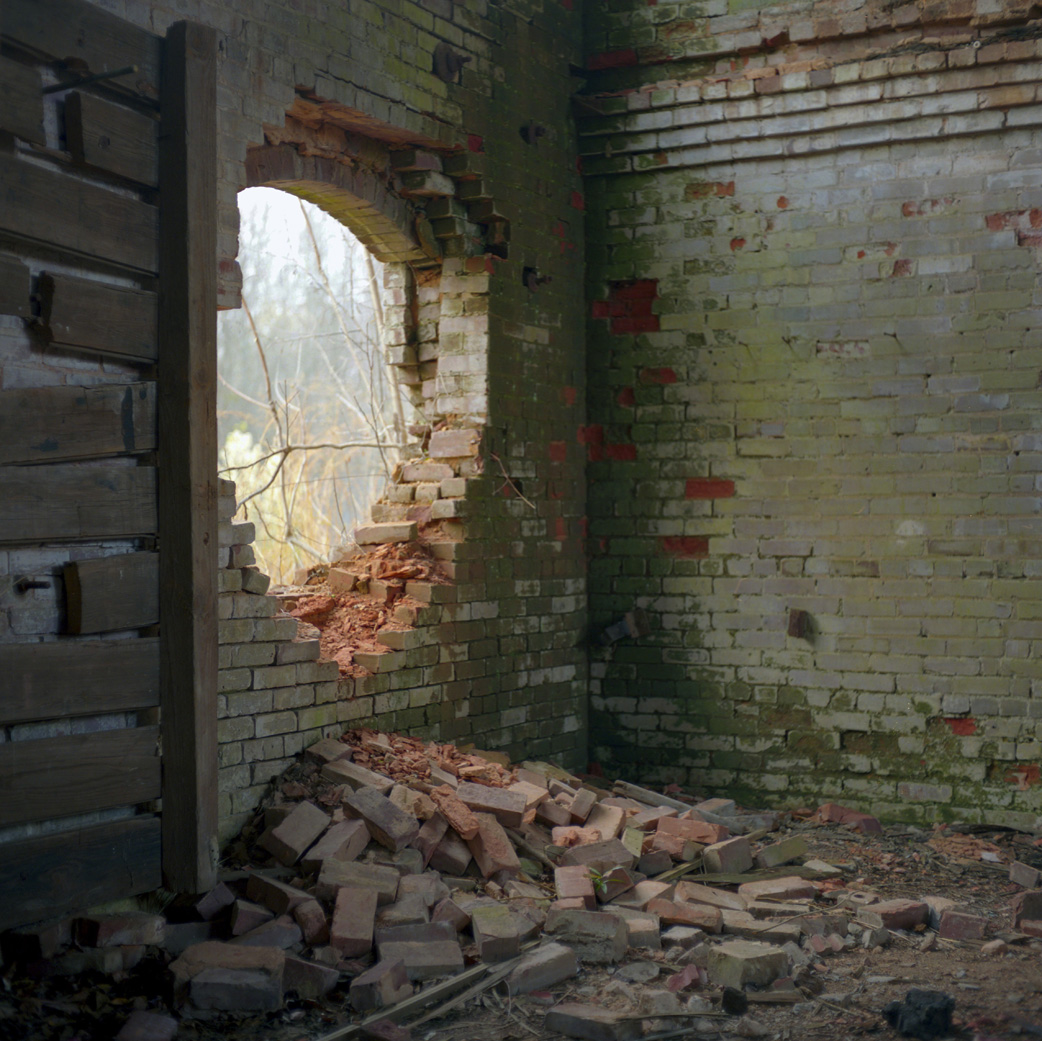



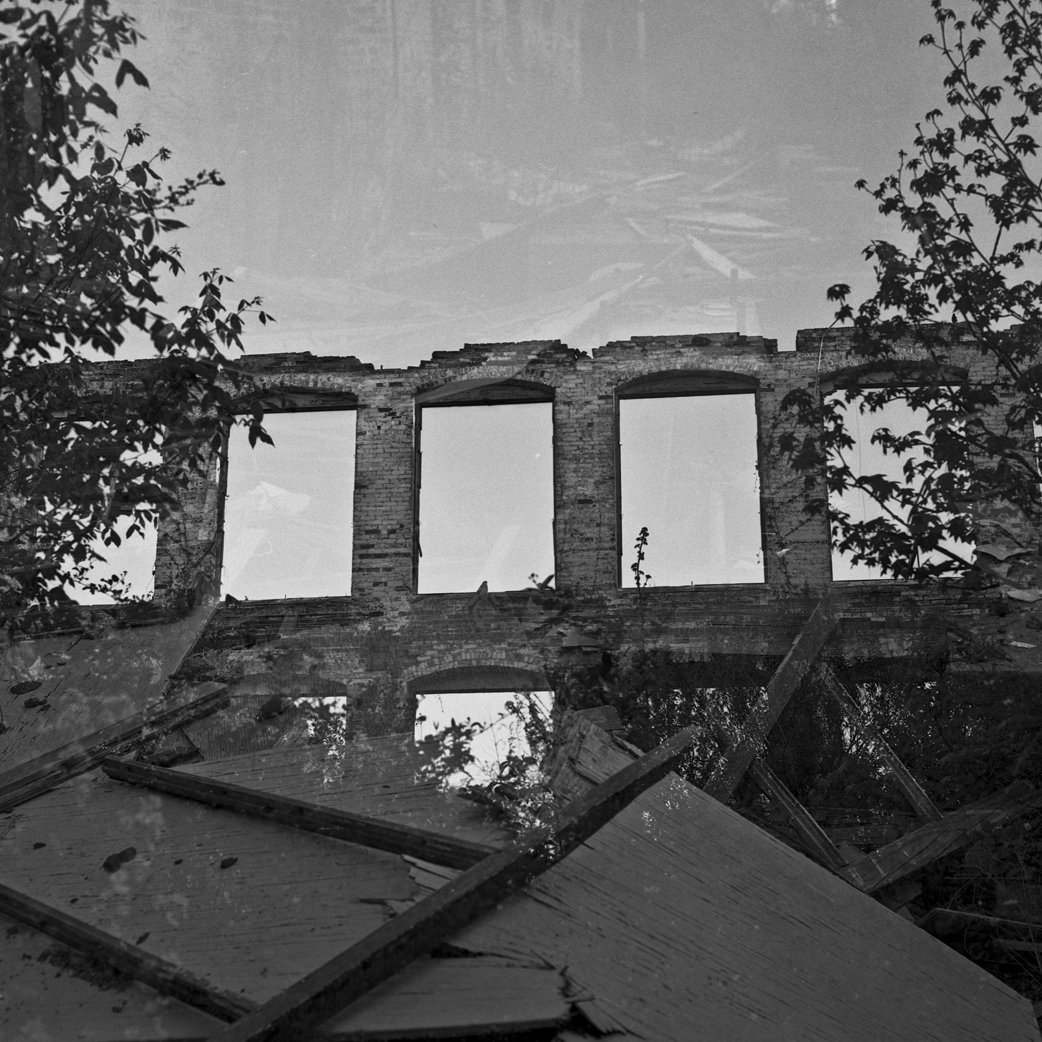


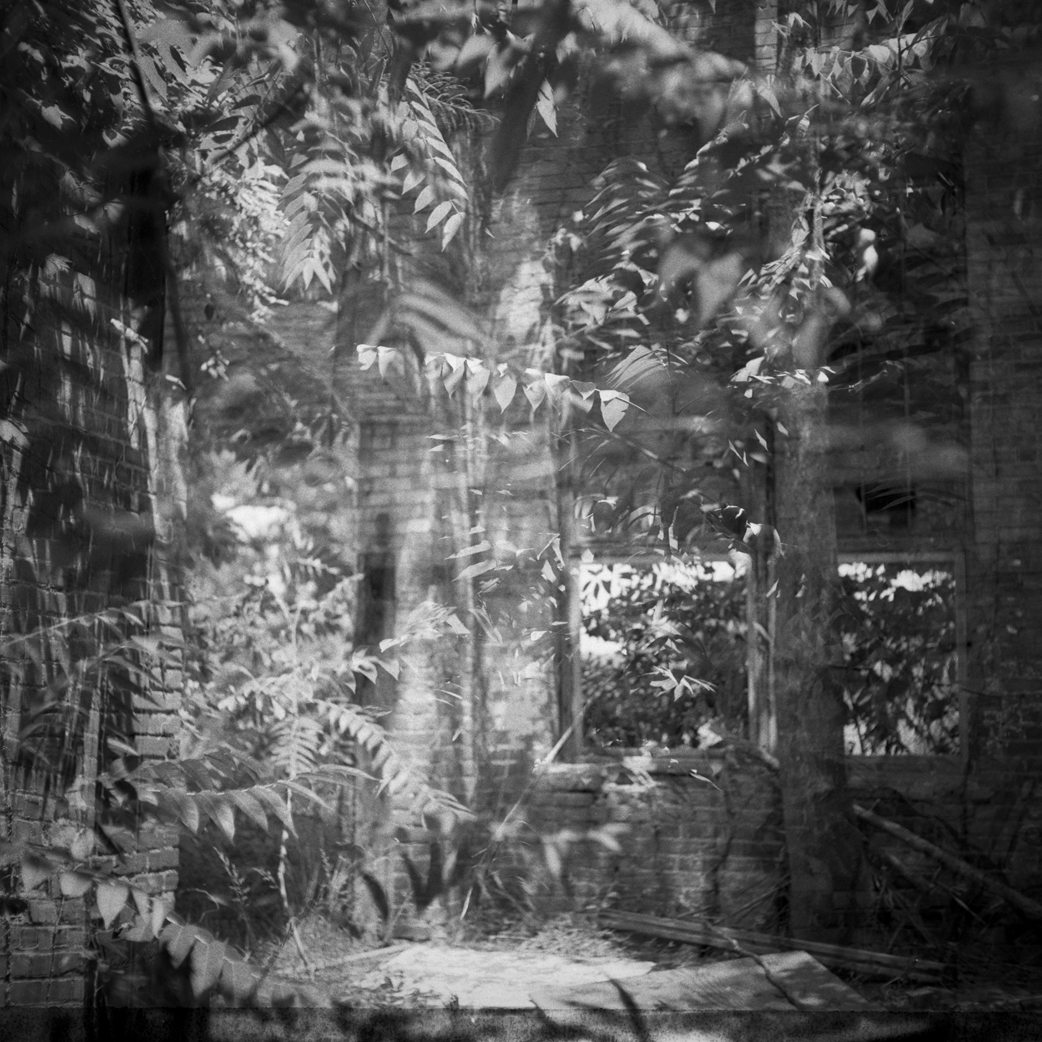


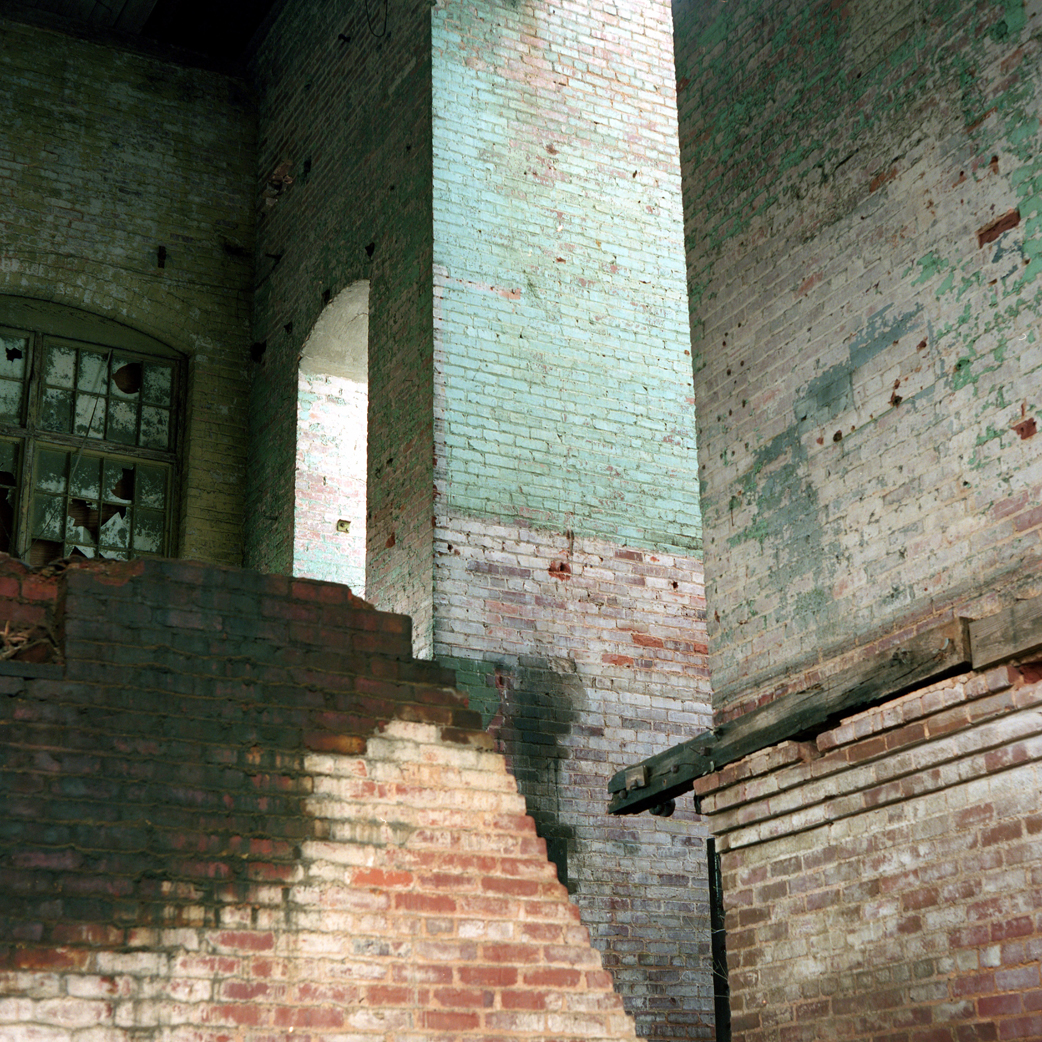
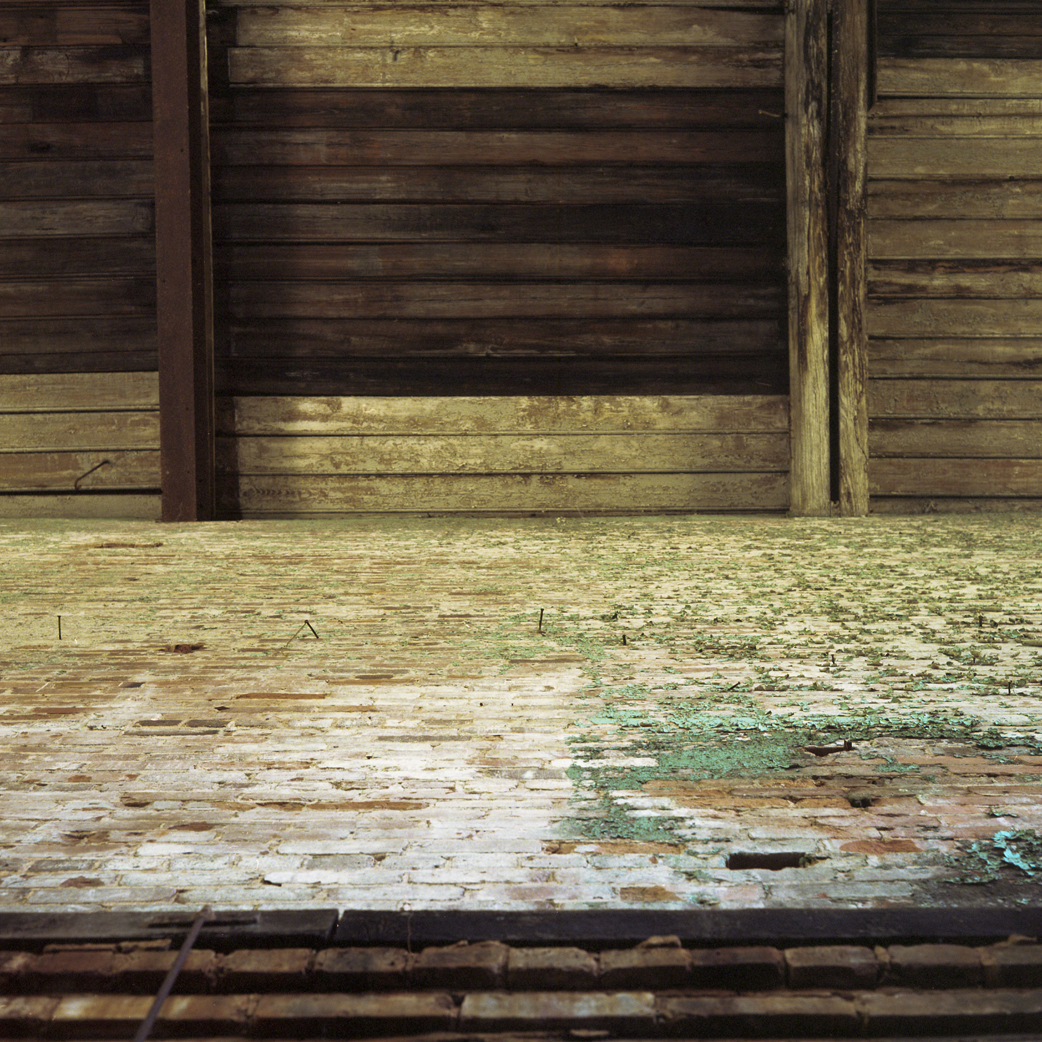
It has frequently been something of note to me how a person's soul will experience seasons, like the world around it. They will not necessarily correspond, but the effects can be the same in a metaphorical sense. The winter of 2011 was one of those times for me and I definitely felt it on a deeper level.
It was a time when I wanted little more than to shut myself into my apartment while the ice dug its fingers into the ground outside. Artistic inspiration and motivation were very hard for me to come by. I remember forcing myself to venture out with my camera during the famous snow storm of Atlanta, trying desperately to see and capture a decent image, only to come back with nothing. It was very frustrating.
Towards the end of winter, during one of the first warm fronts of the year, I was visiting family in my hometown. I had my camera with me and while driving around, we stumbled upon an abandoned and crumbling old mill. My hometown is an old textile town; the mills are not uncommon, but I was immediately intrigued by this particular one, and even though it was surrounded by barbed wire and signs warning against trespassing, I set out to find a way in.
It was in ruins and had suffered from a fair amount of vandalism, but time had allowed nature to come in and reclaim its place there. Amidst the broken brick and shattered glass, life sprang up through the cracks everywhere, demanding to be. Birds had made their homes in the rafters - their wings fluttered above me as I began to explore and snap my shutter, open-mouthed in awe. Layers of oil and smoke and moss had collided into amazing displays of color on the brick. Rust had waged war on the paint of every surface and the peeling away revealed its secret love affair with the elements around it. What I found there was a magical place, left there to be completely affected by time, yet somehow outside of temporal constraints as well. It flirted with my camera and teased my senses out of their winter hiding place.
My visits there allowed me to reconnect with myself and hear my own voice a little more clearly during a poignant time in life. There with the rubble and decay, I felt the inherent sense of resilience and determination around me. Nature refuses to be denied and that same steadfastness can be found in us as well. Life brings turmoil and heartache, but our desire to live, and live wholly, can supersede all else. We fall down, but we pick ourselves back up. We make mistakes, but we can learn from them too.
We build walls around ourselves, but we can also break them down.
Vanessa Prestage - 2011

